| Title | Sitka |
| Park Code | sitk |
| Description | On an island amid towering spruce and hemlock, Sitka National Historical Park preserves the site of a battle between invading Russian traders and Indigenous Kiks.ádi Tlingit. Totem poles from Tlingit and Haida areas line the park’s scenic coastal... |
| Location | |
| Contact | |
| Activities |
|
| Entrance fees |
|
| Campgrounds | Count: 0
|
| Places | Count: 42
Alaska Transfer Exhibit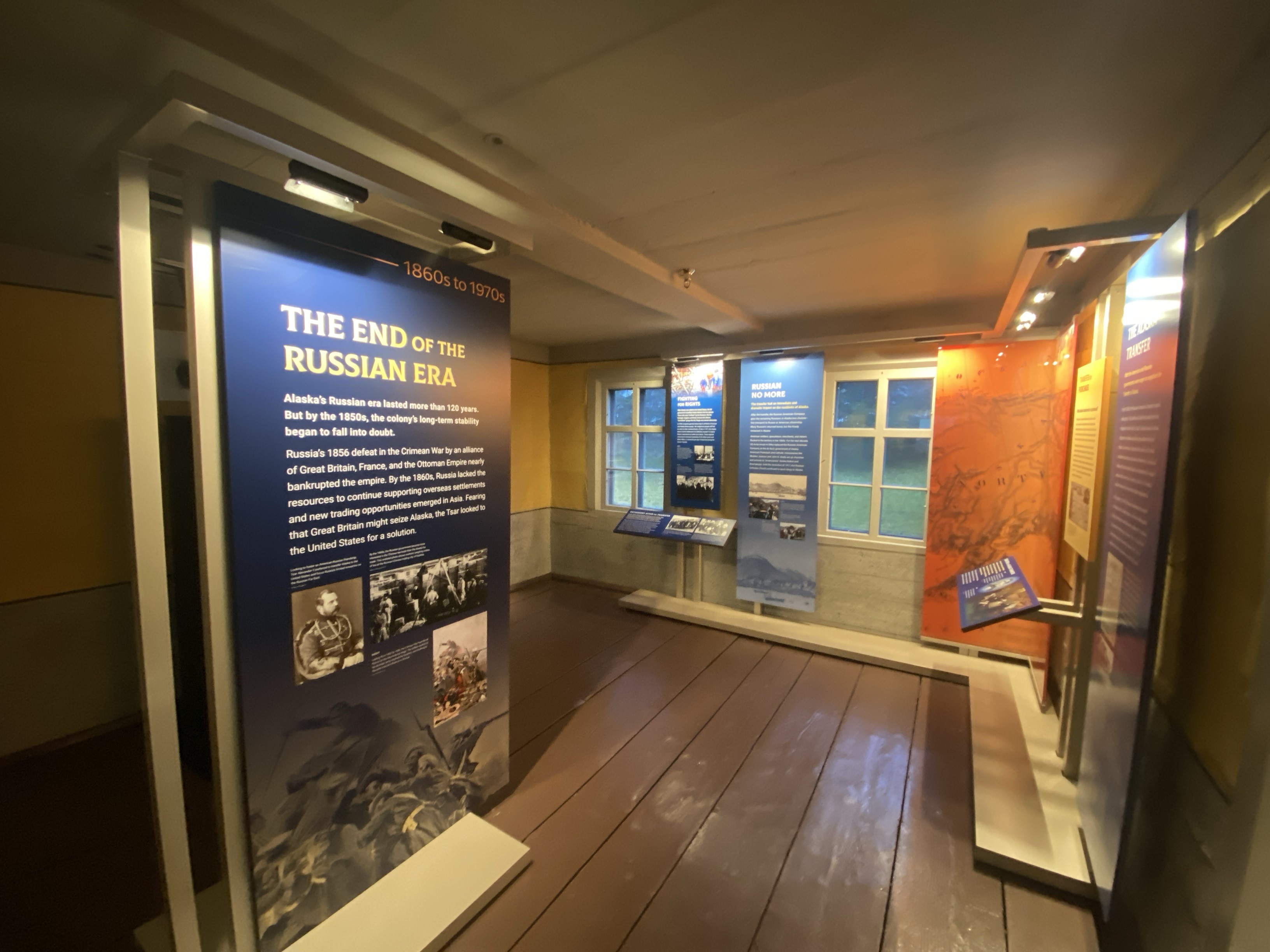
Bicentennial PoleIn 1976, Sitka National Historical Park marked the nation’s bicentennial with a new direction. Although earlier poles had been carved and raised in the park by Civilian Conservation Corps carvers, the newly carved CCC poles were replicas of earlier poles from elsewhere in Southeast Alaska. In an era of growing Native pride, the Bicentennial Pole project set out to tell a modern story using a traditional format. 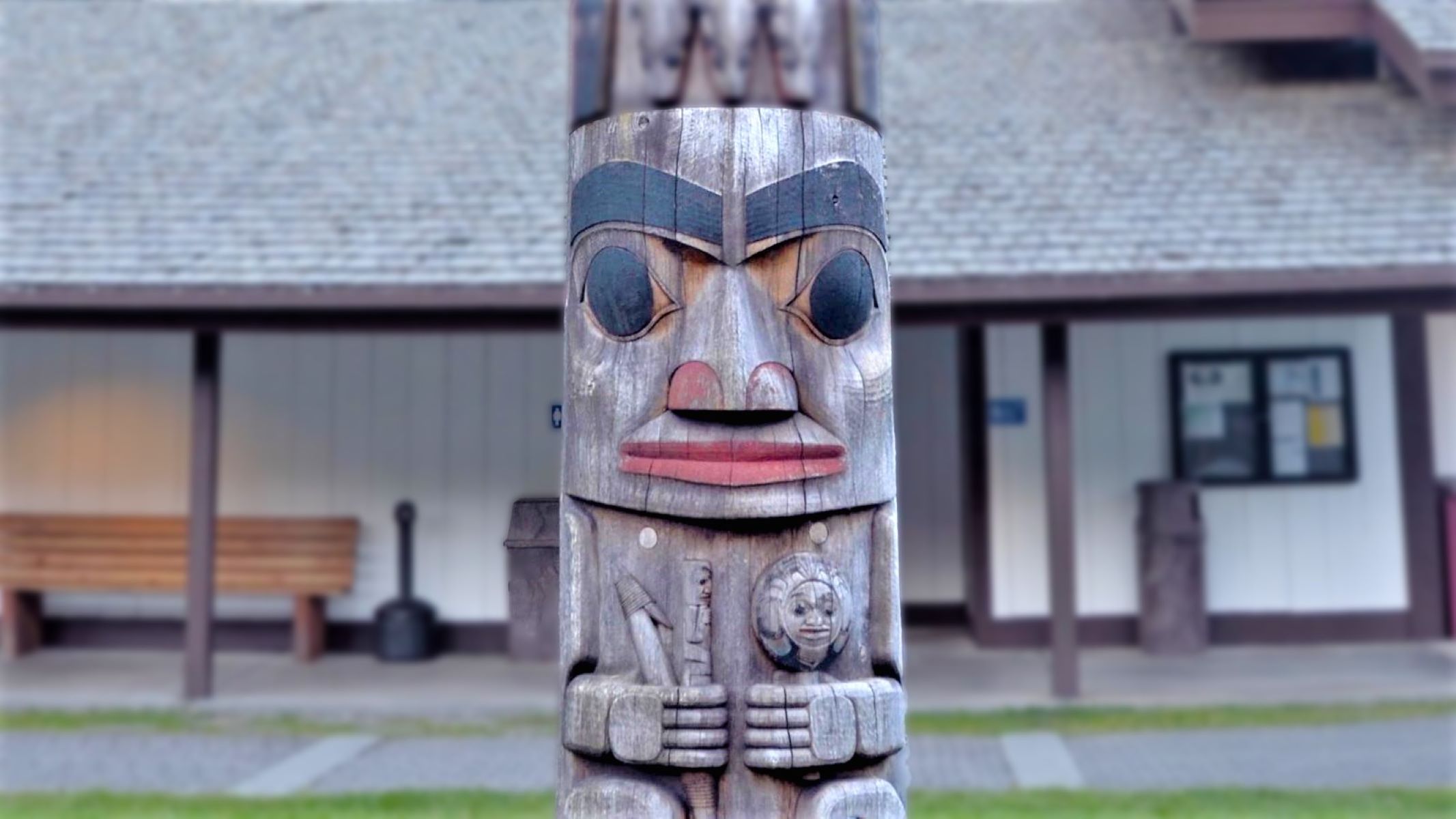
Building a Colony Exhibit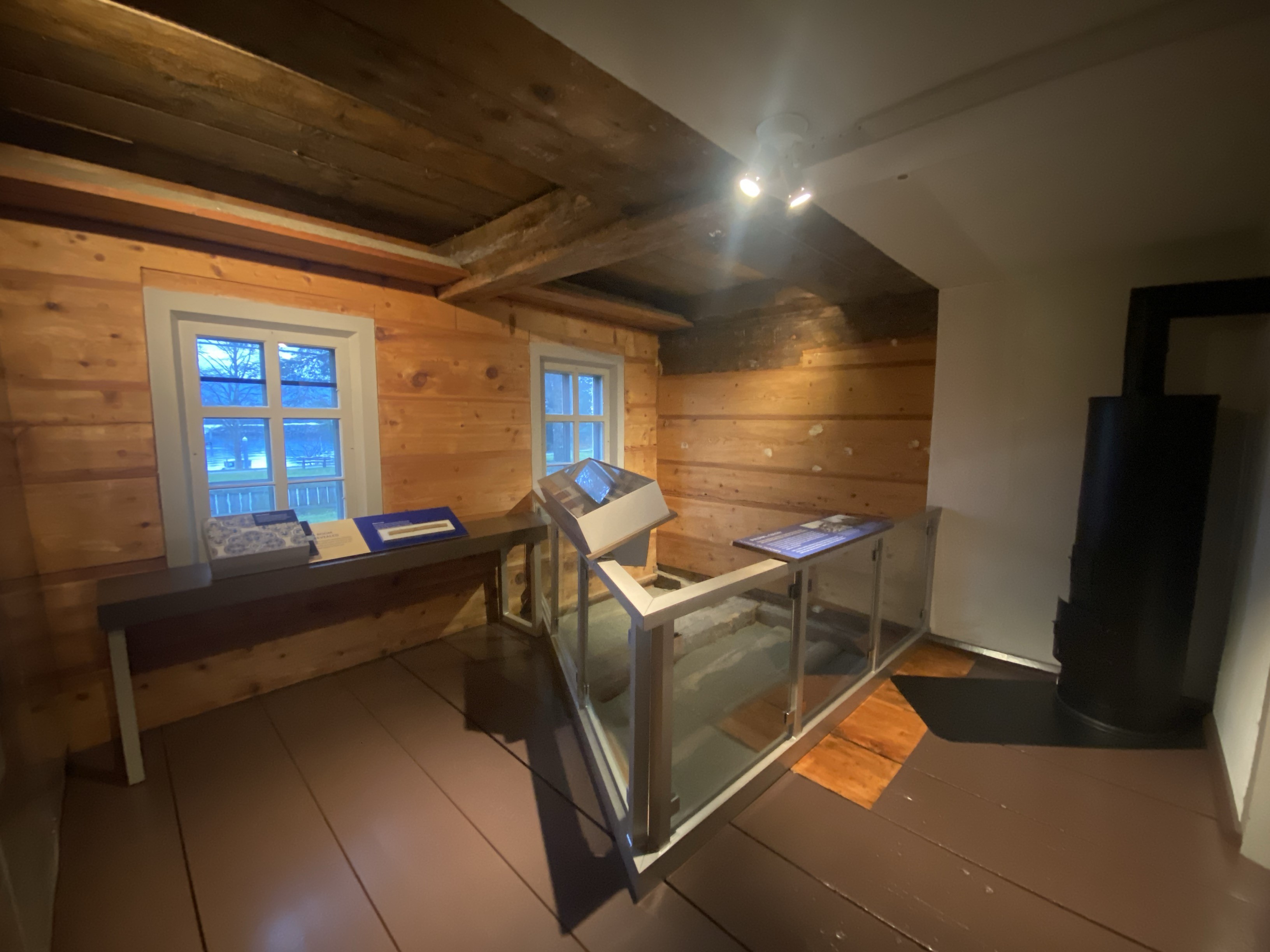
Cormorant Memorial- Mortuary ColumnMemorial and mortuary columns were common pole types found in Southeast Alaska. Memorial poles, along with house posts, are among the oldest forms of totem poles. 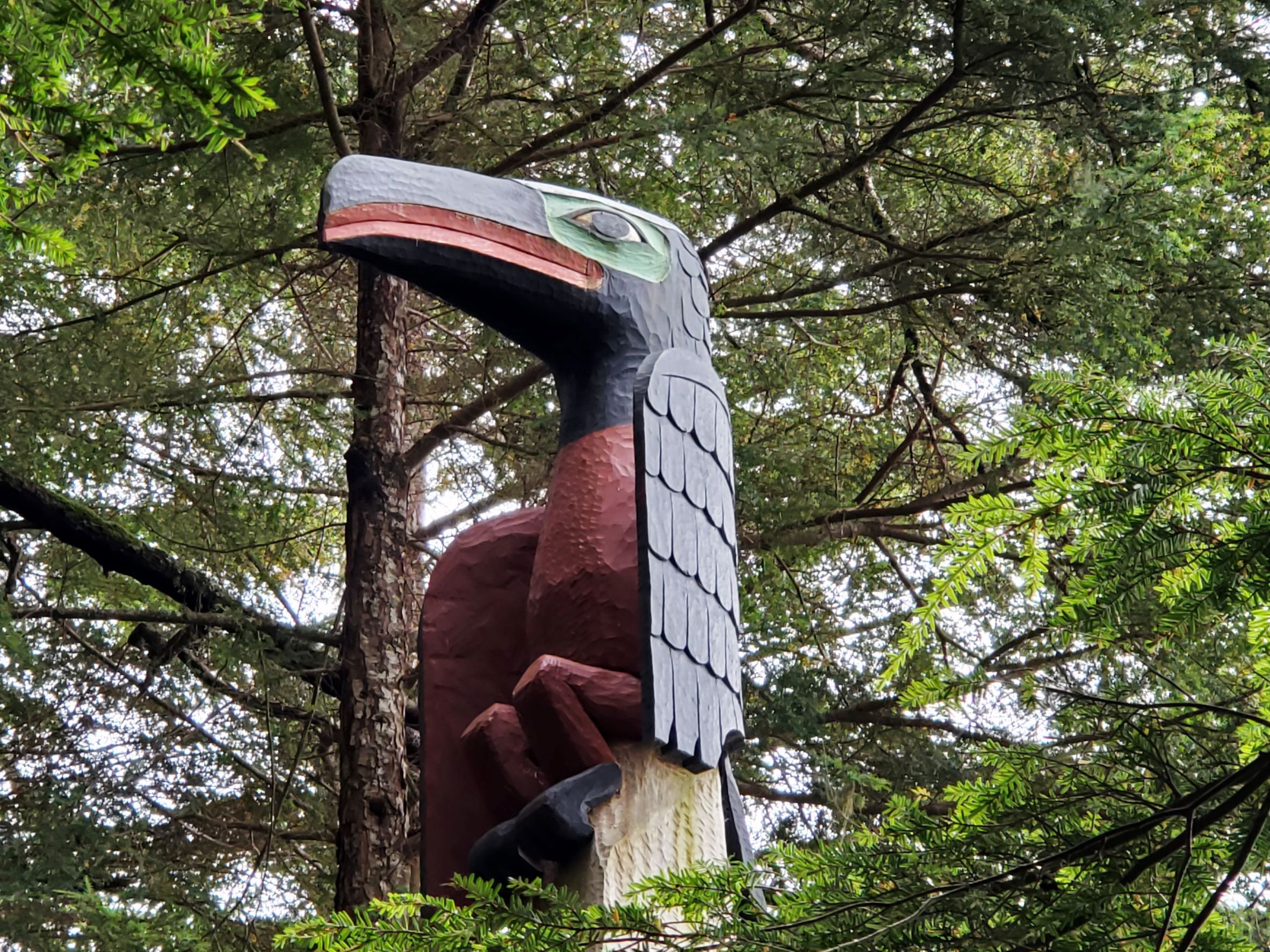
Eagle's Nest House Posts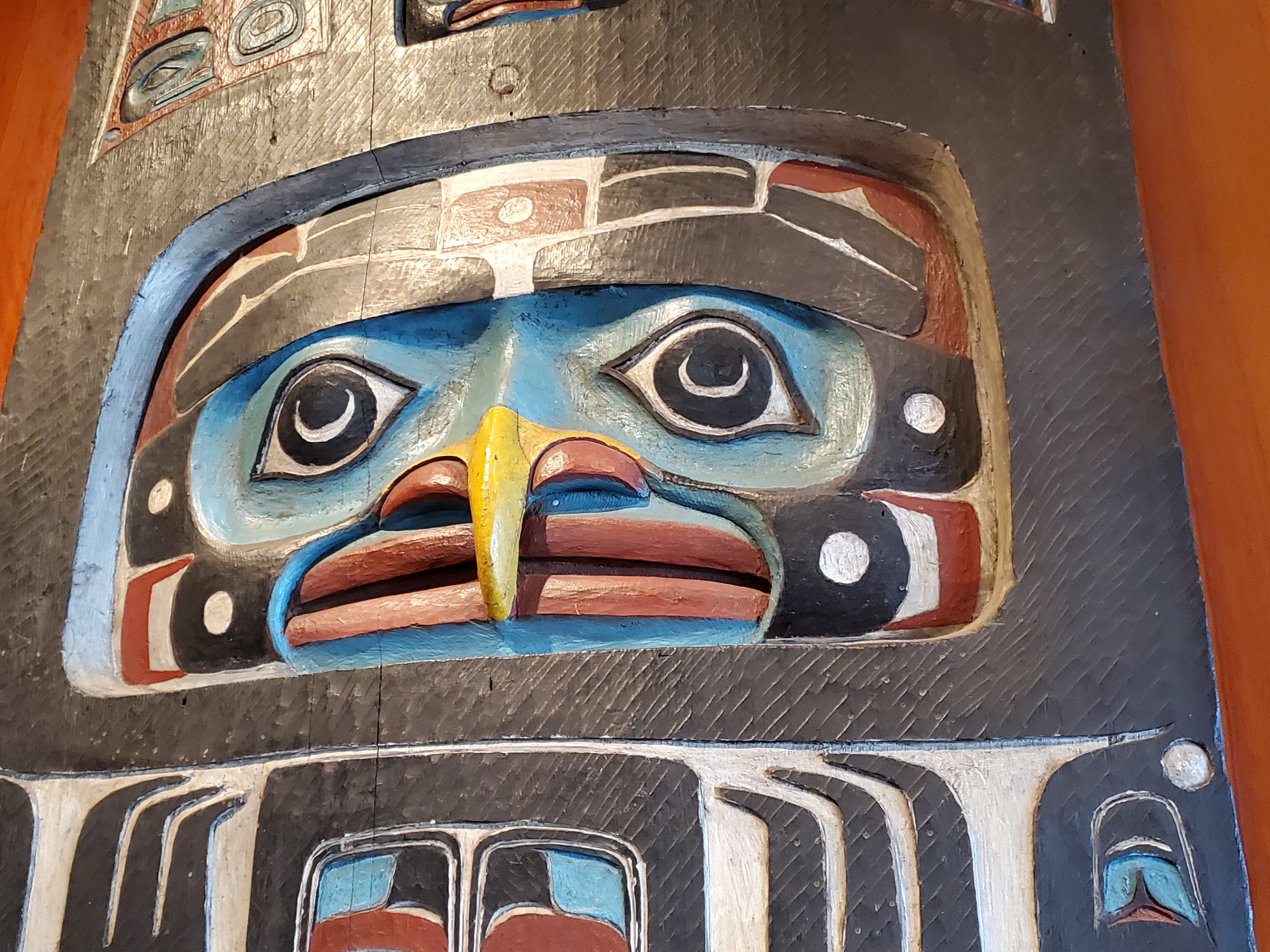
East Gallery Stairwell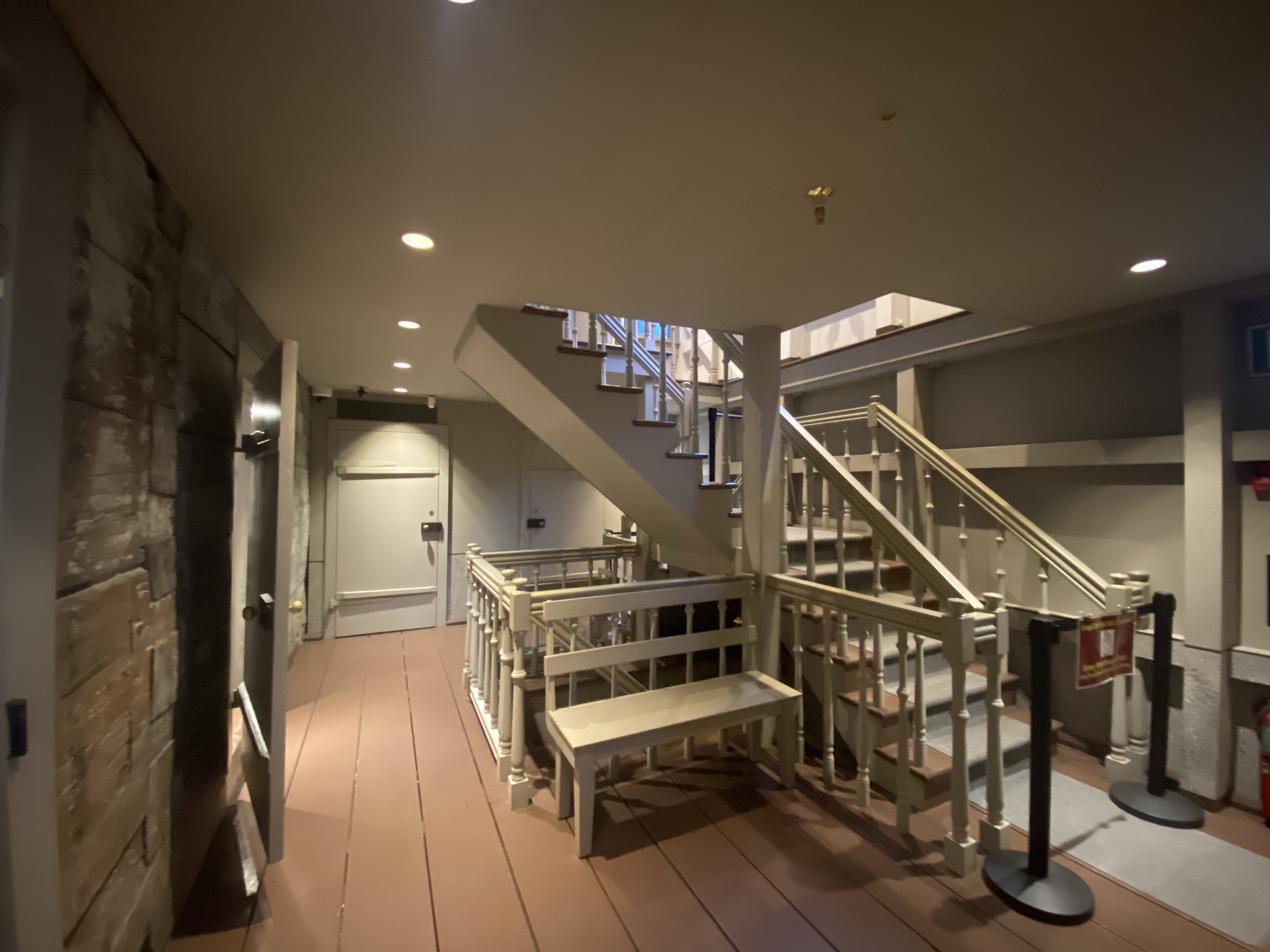
Frog Crest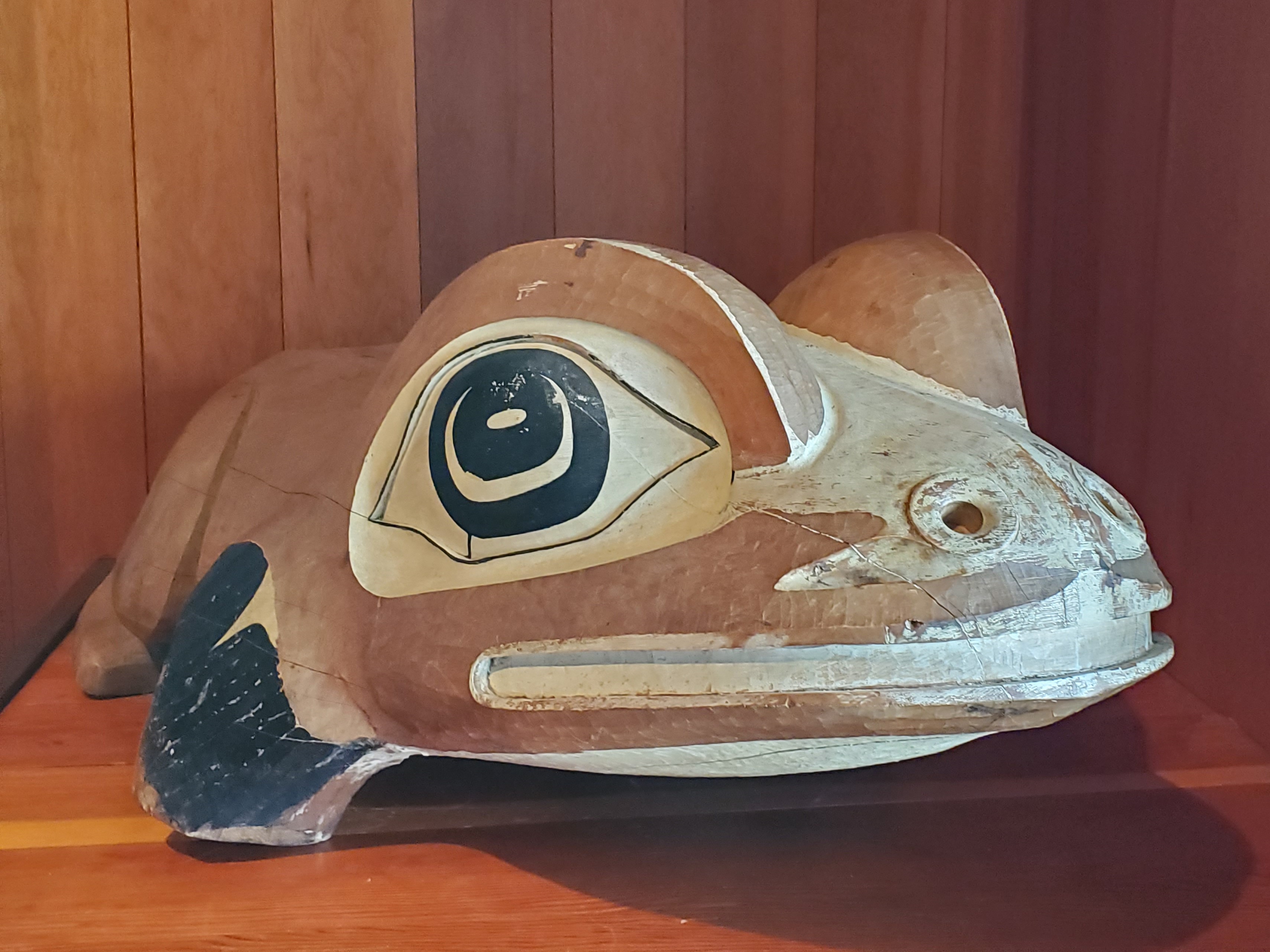
Frog-Raven PoleTotem poles stand through time recalling past events. As you begin your journey at the entrance to the temperate rainforest, you are a witness in another time. You will experience some of the skills of these creative and talented artists, of their forest and ocean world, and of their respect for every living thing in it. 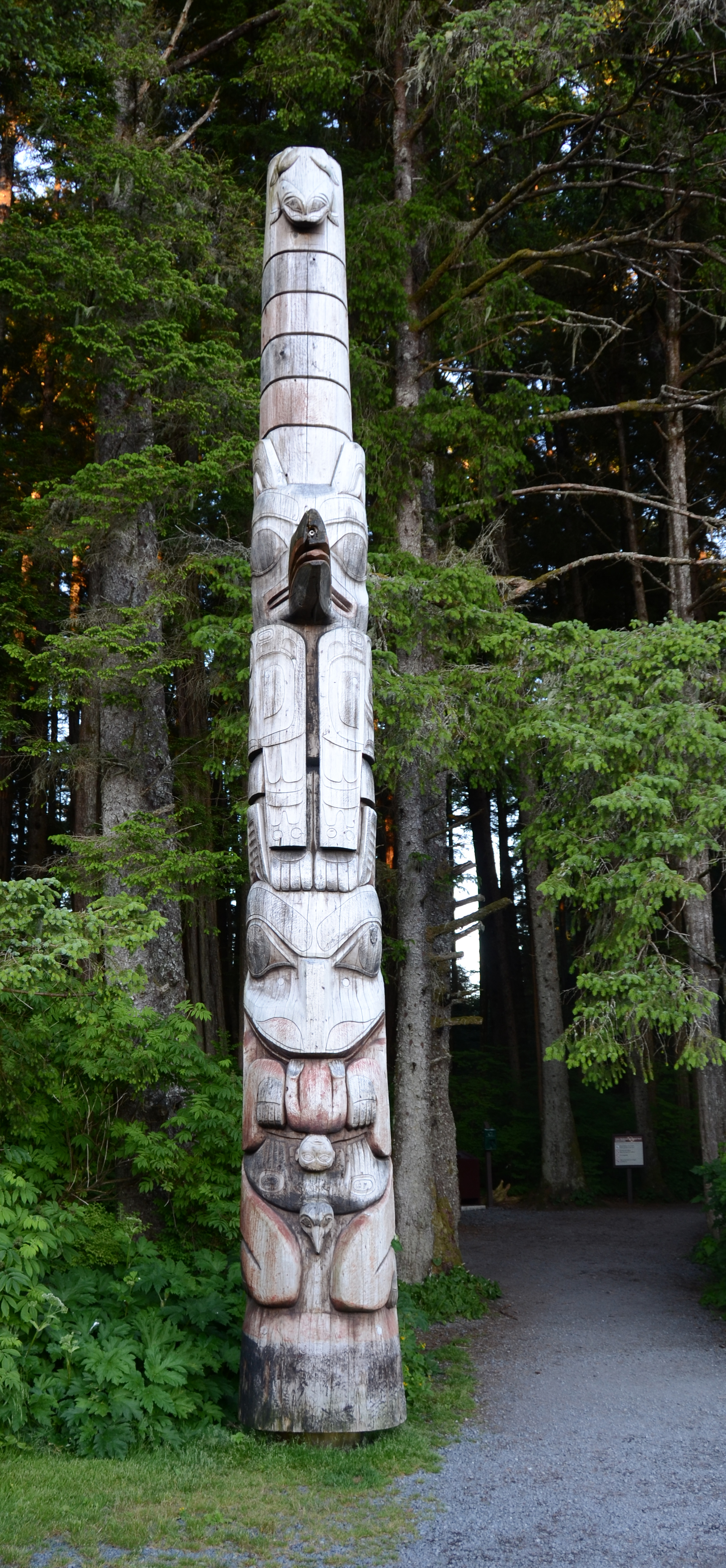
Gaanax.adi - Raven Crest PoleTotem poles are contributions to the values, character and experiences of the clans who hosted the potlatches to raise the poles. 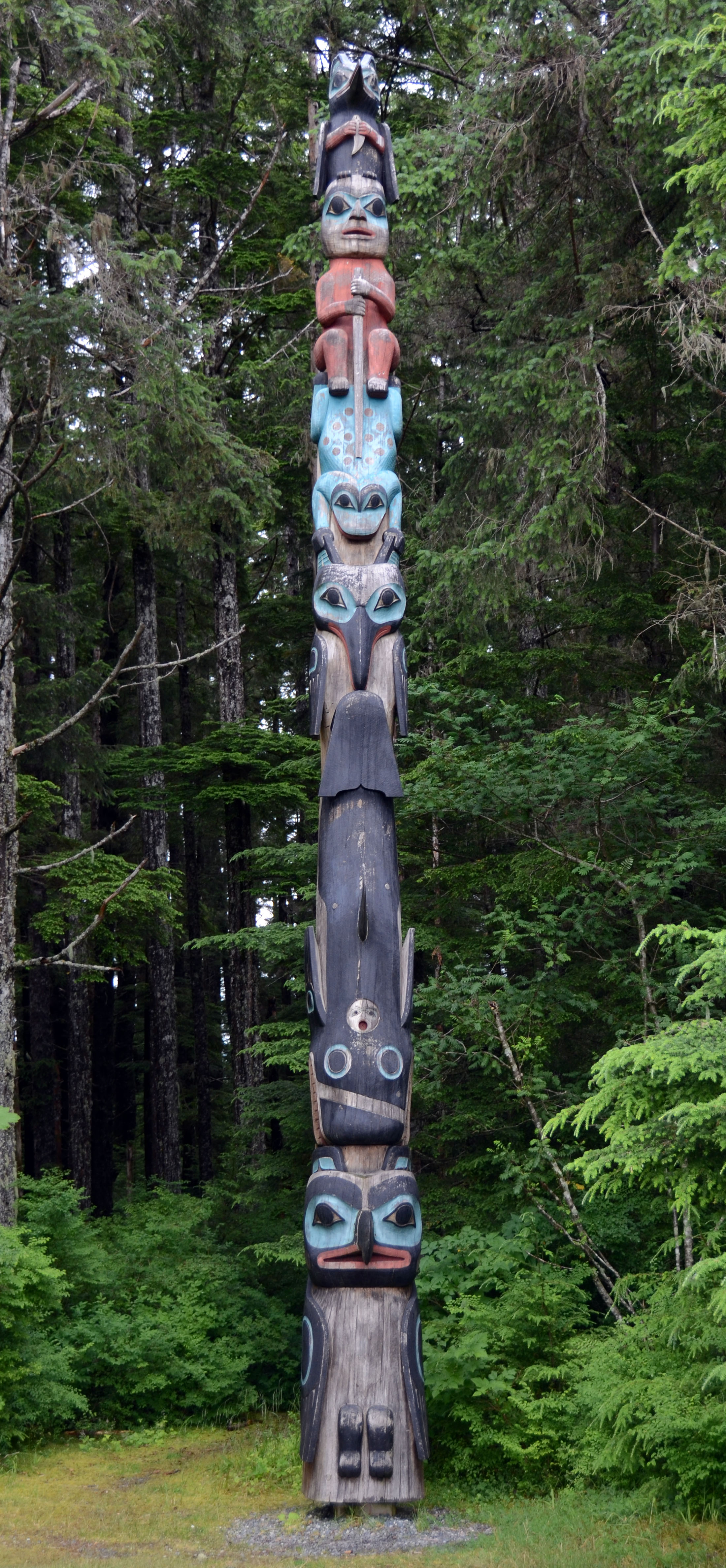
Gathéeni Panel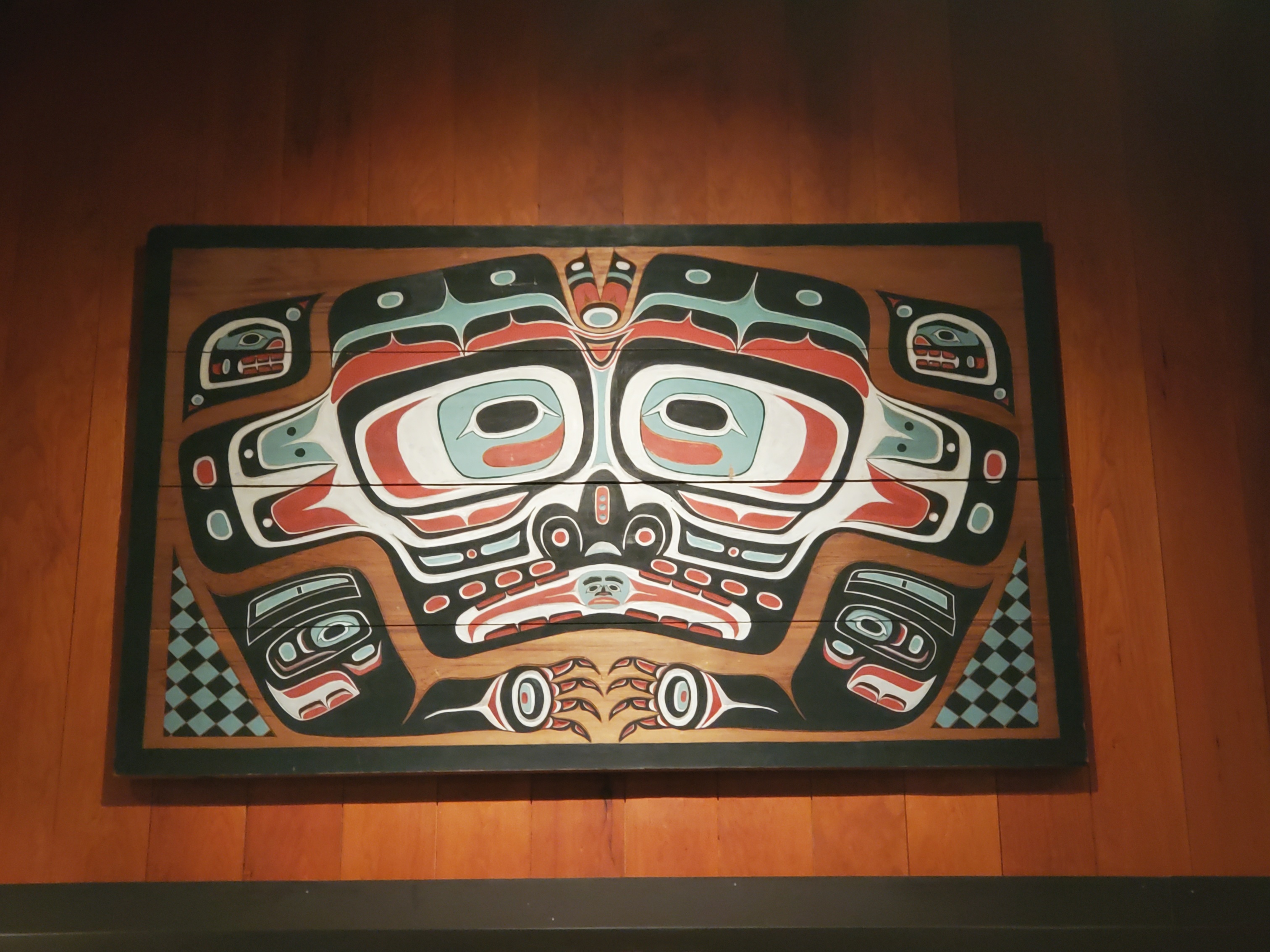
History Pole- Haa Léelk'u Ha's Kaasdahéeni Deiyí Kootéeyaa PoleThis pole is unusual in that it includes crest figures from both Raven and Eagle moieties. It is intended to be a public display of unity, putting old clan differences aside and working for the good of all Tlingit people. The pole’s Tlingit name translates roughly, “Our grandparents who were the very first people to use Indian River and the other people who were here, too.” 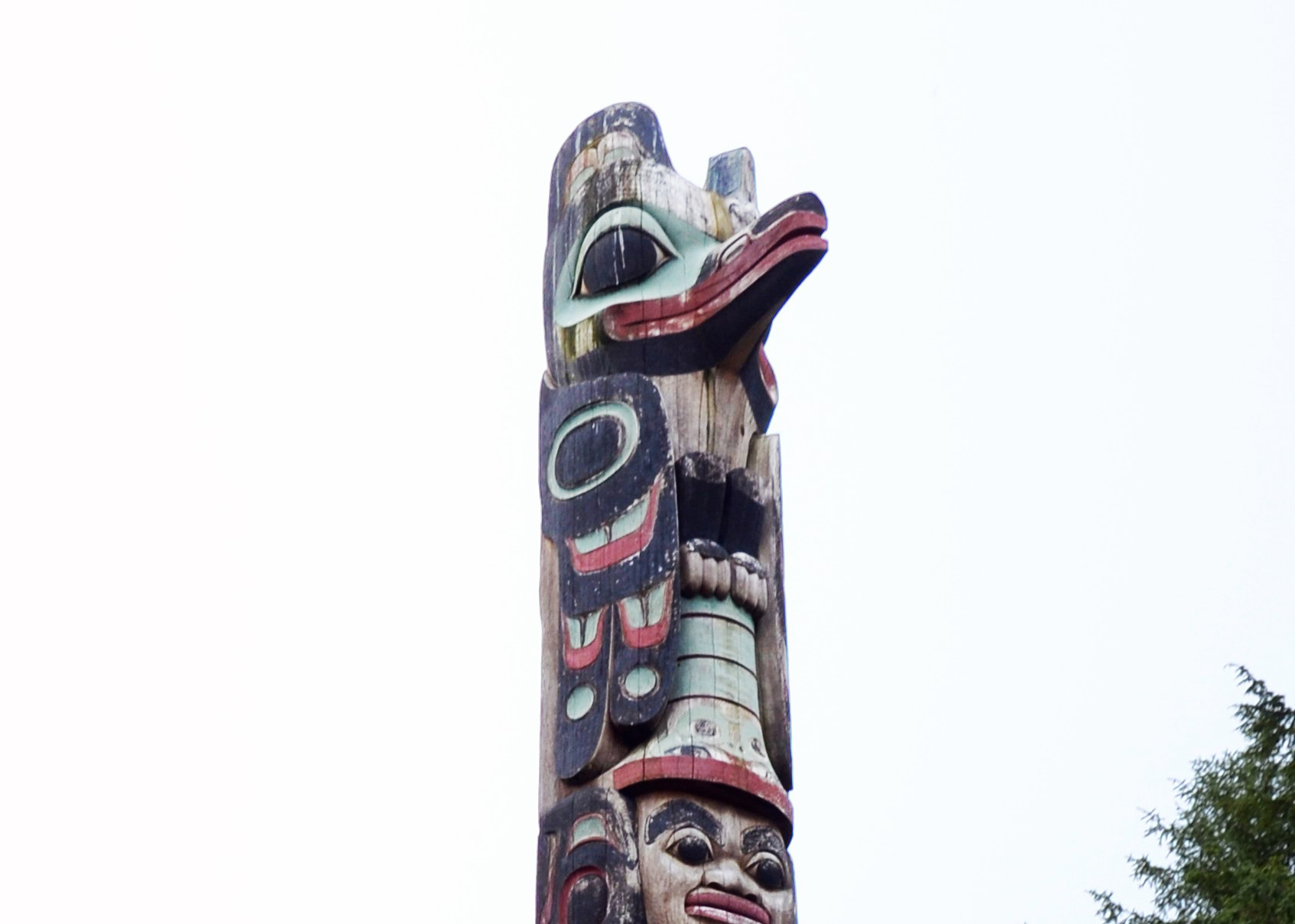
K’alyáan PoleIn 1804, the Tlingit Kiks.adi clan fought a key battle against invading Russian forces at the mouth of Indian River. The K’alyáan Pole is a memorial to those Kiks.adi people who lost their lives in the conflict. It is named after K’alyáan, the legendary warrior who led the battle. 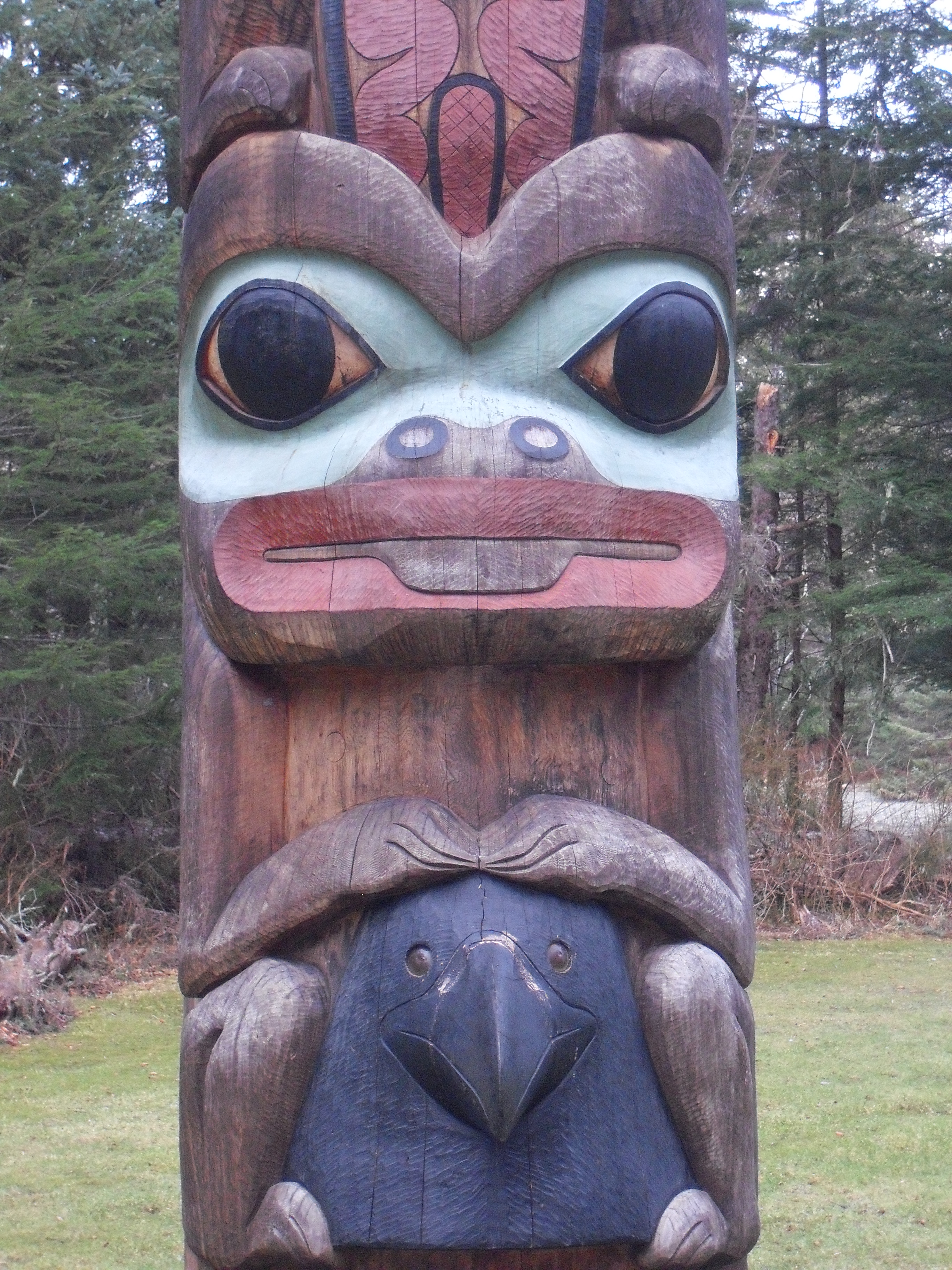
Lakich'inei PoleThe figures on this Kaigani Haida pole represent three Tlingit legends, the most interesting of which is depicted by the figure at the bottom with a creature in its mouth. It is the history of how a clan acquired the woodworm as its crest. 
Lingít’aaní Hít, Aantkeení Hít (World House, Townspeople House)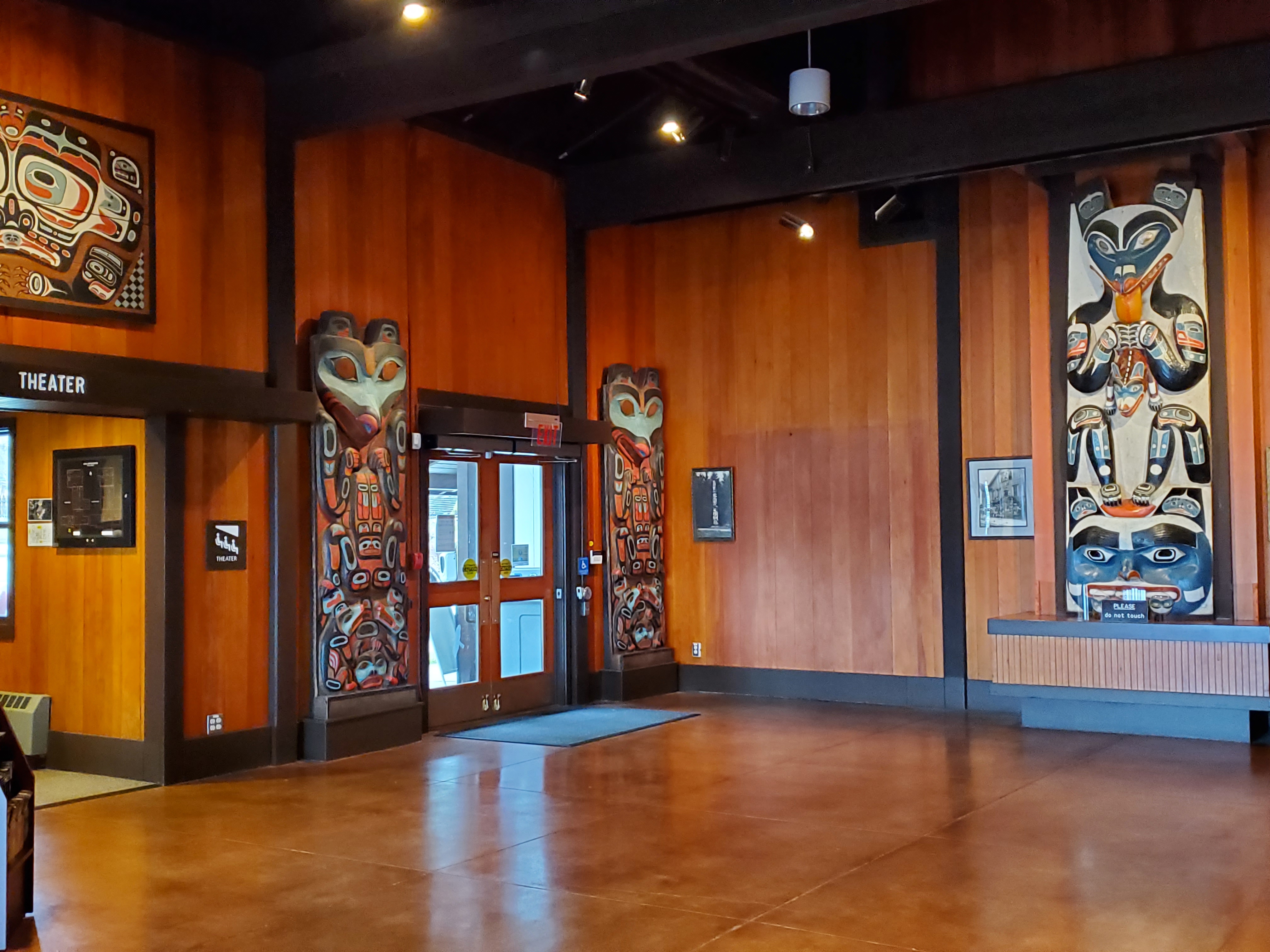
Lobby Exhibit Conclusion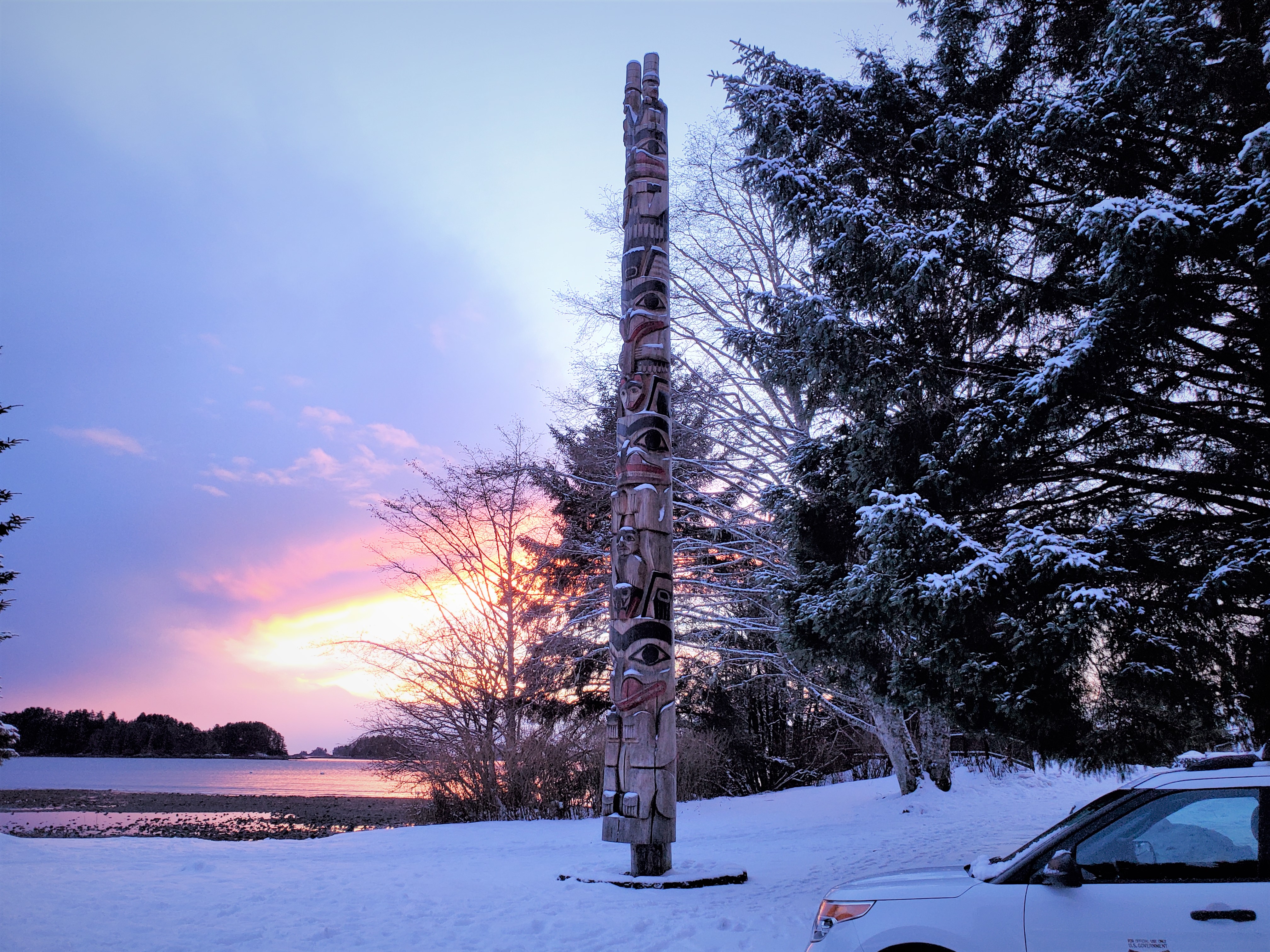
Mosquito Legend PoleStories can travel far and wide and this pole is evidence of that in a unique way. This pole blends Haida carving style with three Tlingit stories. 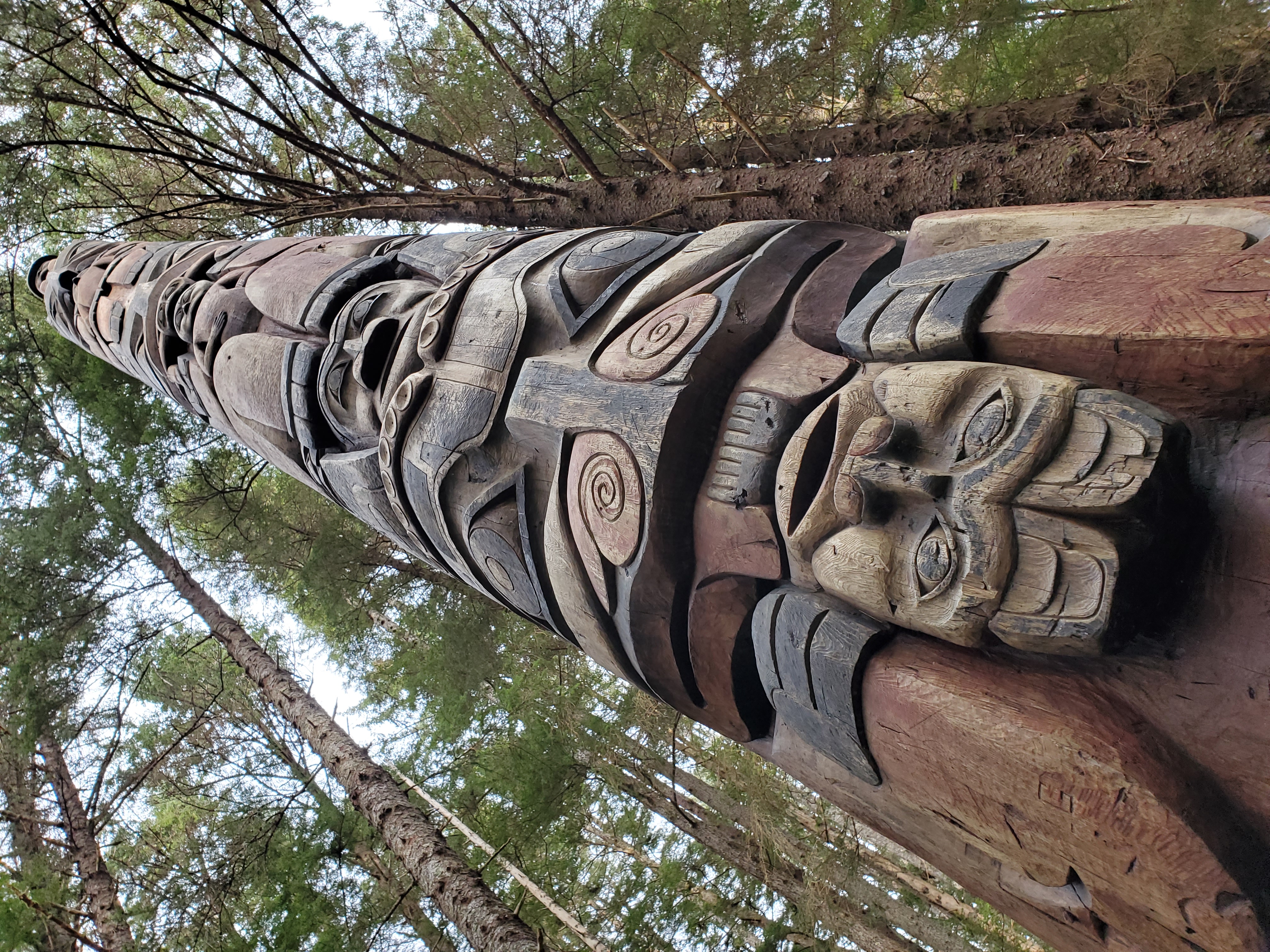
Original Wall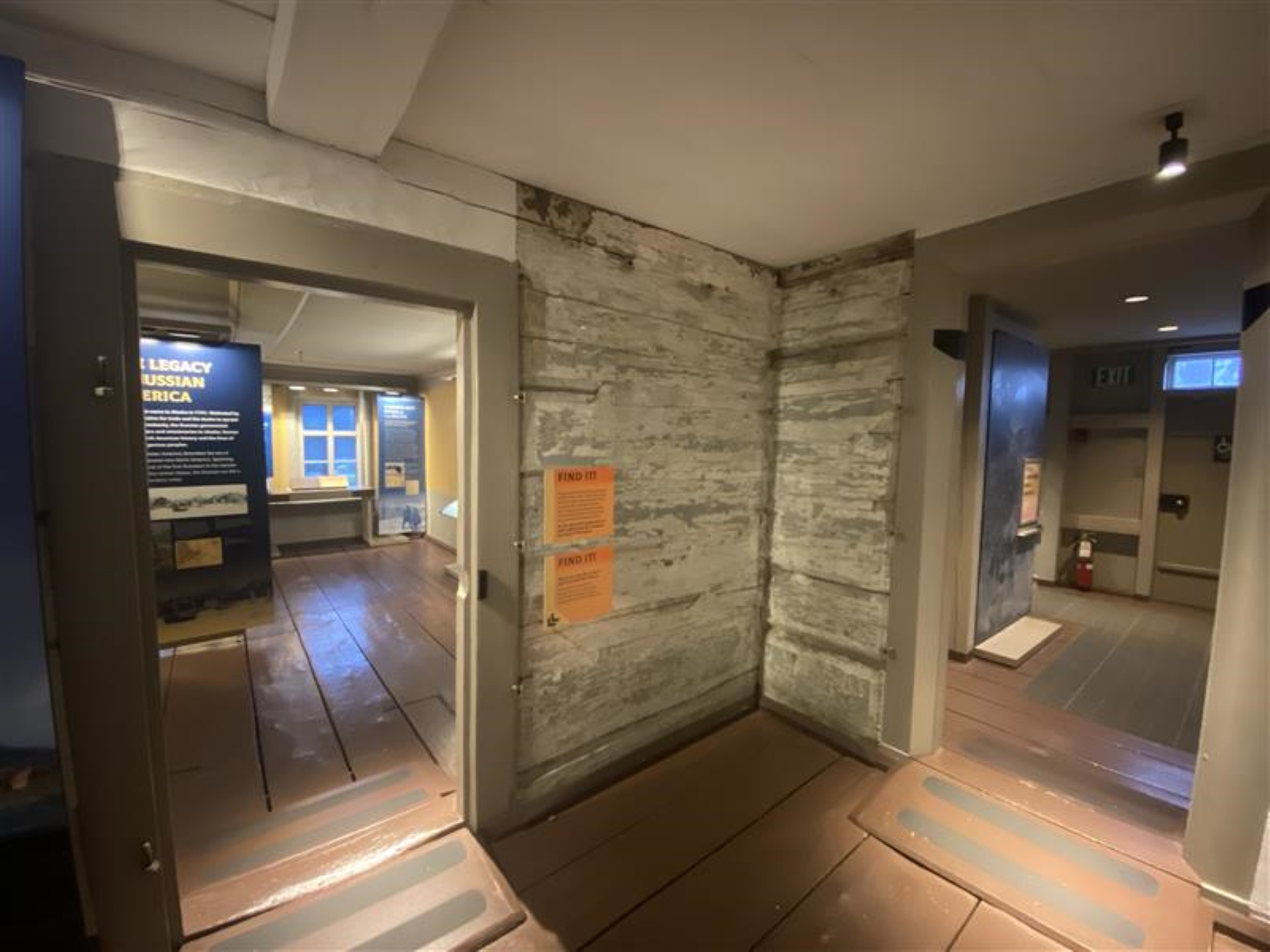
Panting Wolf House Pole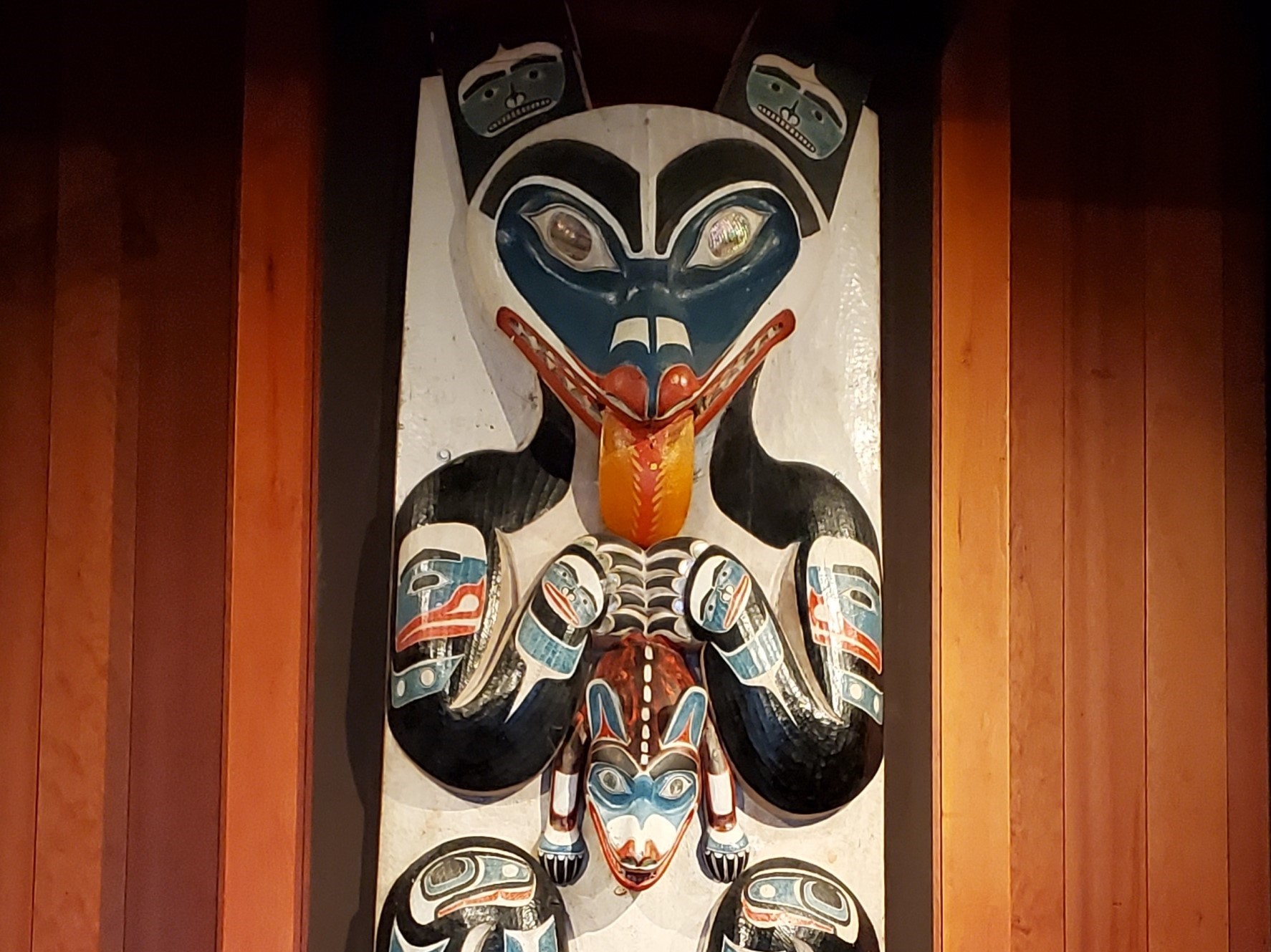
Raven Memorial PoleRaven is portrayed on this memorial column, distinguished by his rather large, slightly crooked beak. The person being honored by the erection of this pole was of the Raven moiety. 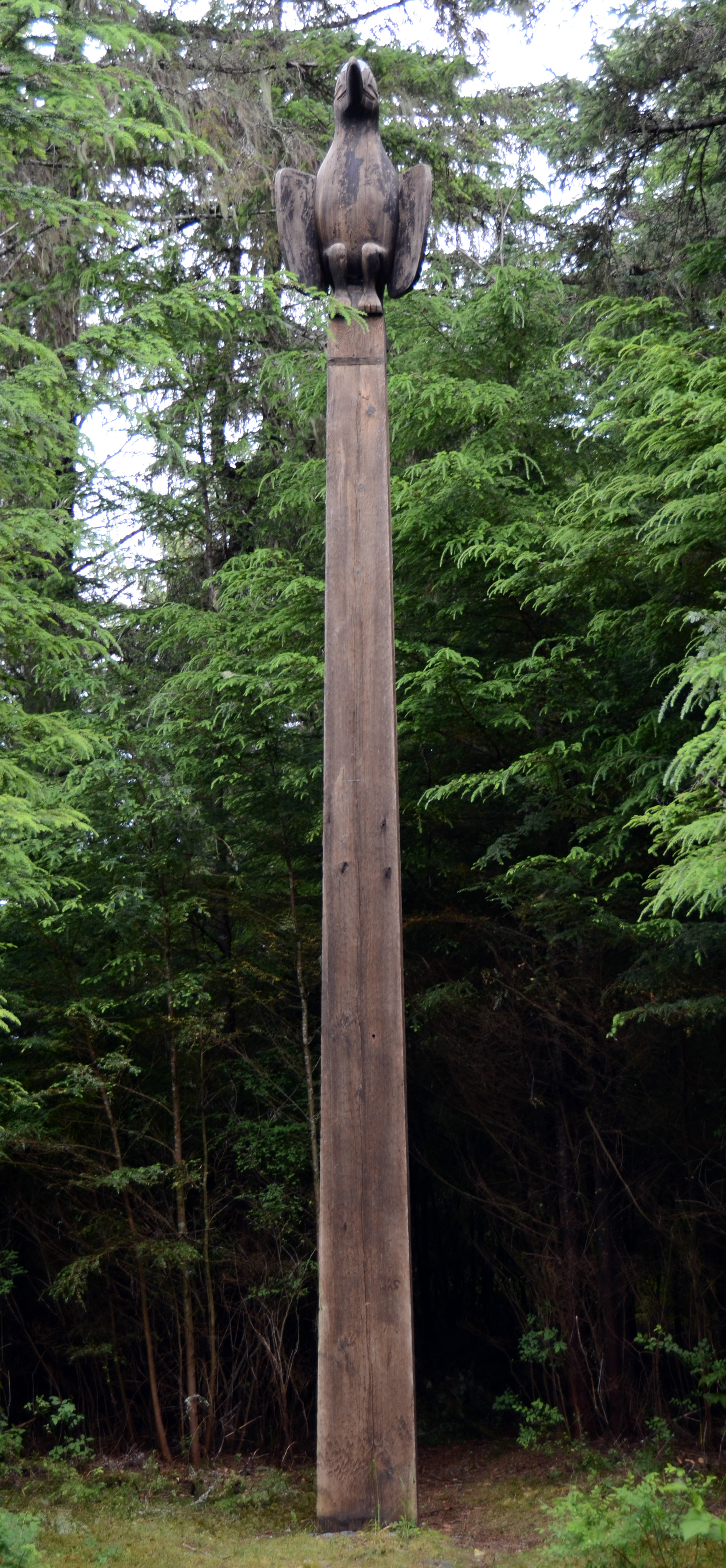
Raven-Shark PoleIt seems all cultures had a way of instructing timeless lessons on life through stories. The Tlingit Raven/Shark legend is edified through this pole. 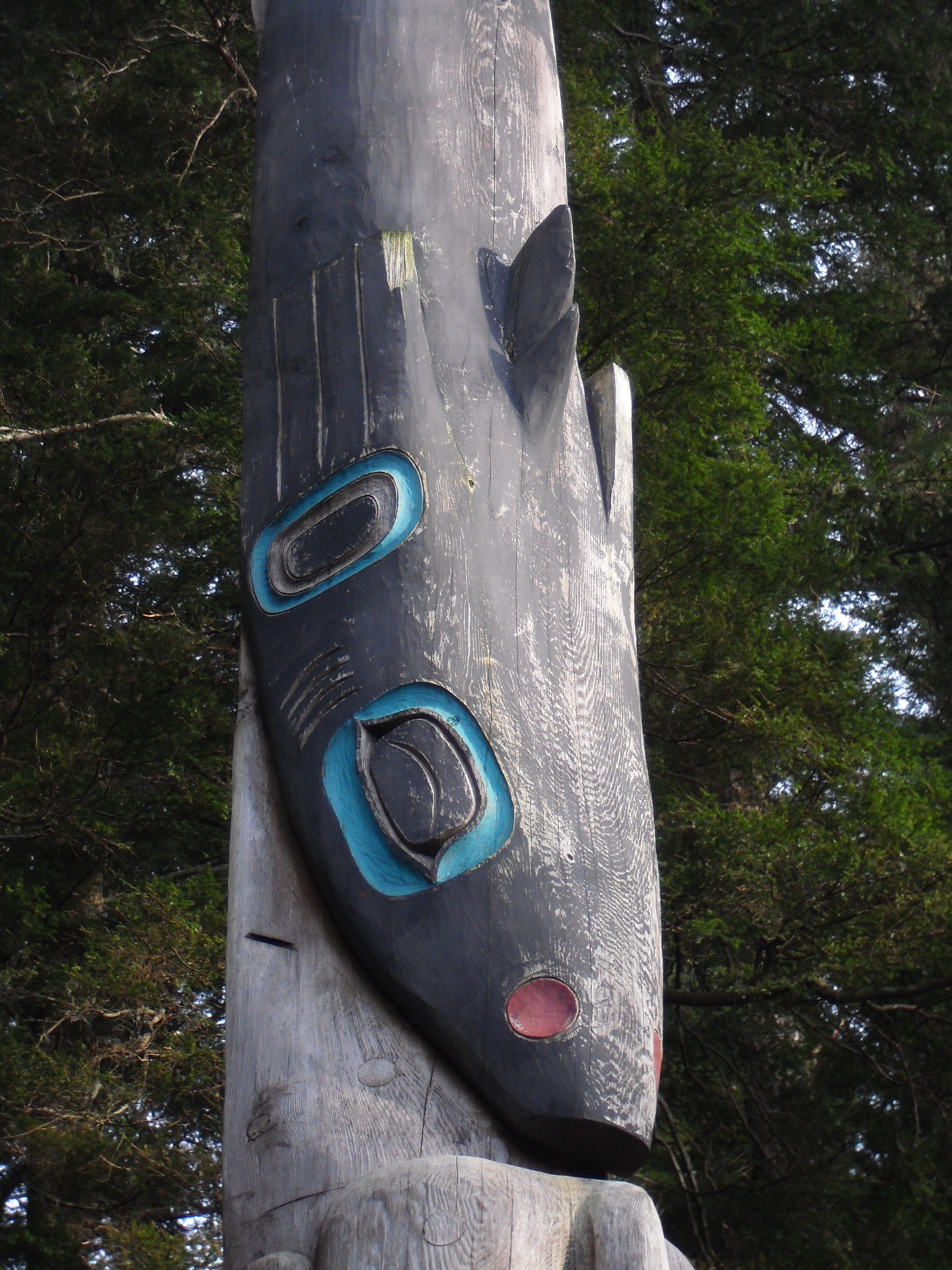
Russian Bishop's House National Historic LandmarkDesignated a National Historic Landmark (NHL) in 1962 the Russian Bishops House site was a cultural and educational center in Alaska from the 1840's to the mid-twentieth century. 
Russian Bishop's House Visitor Contact Desk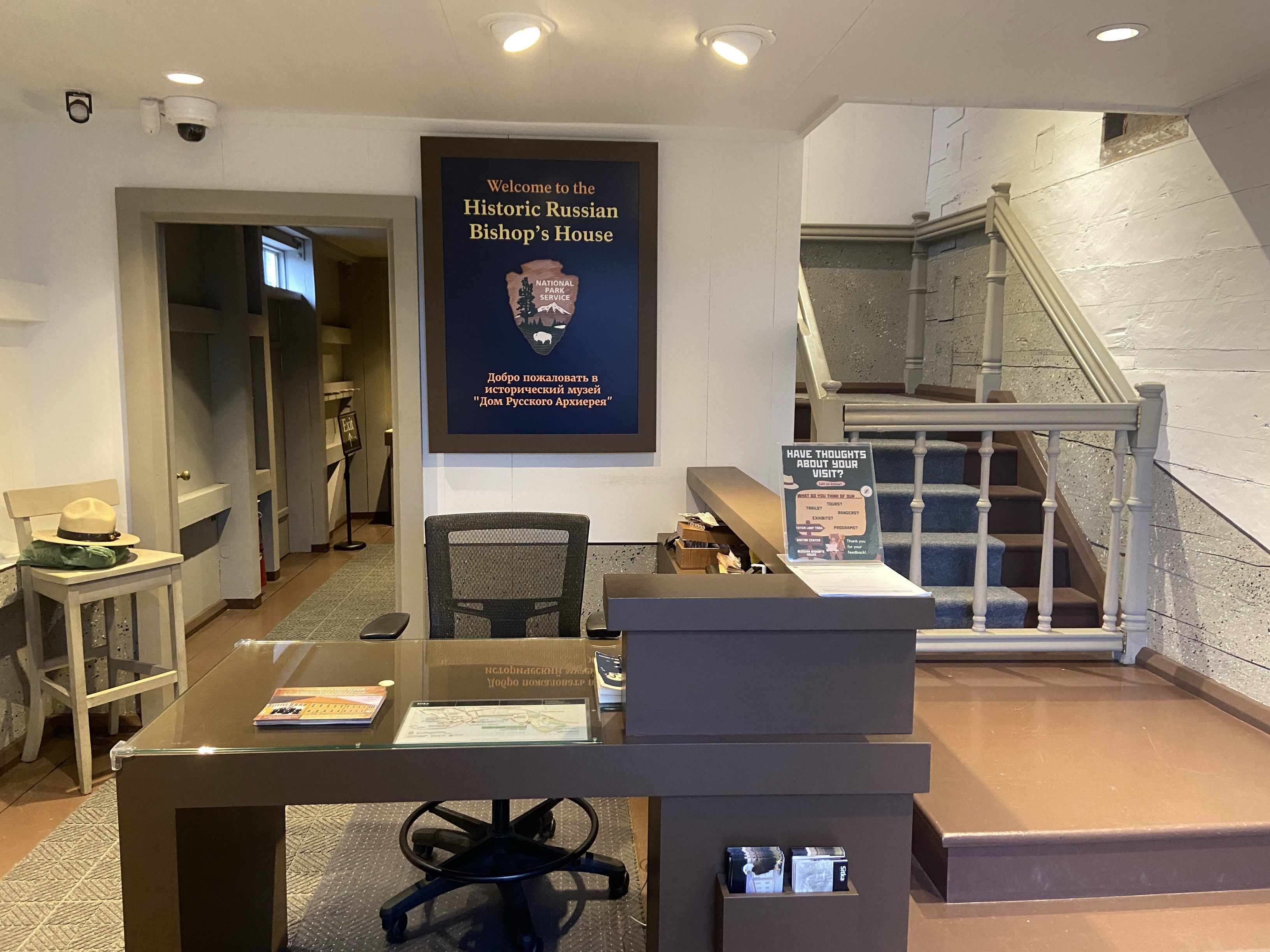
Russian Religion and Education Exhibit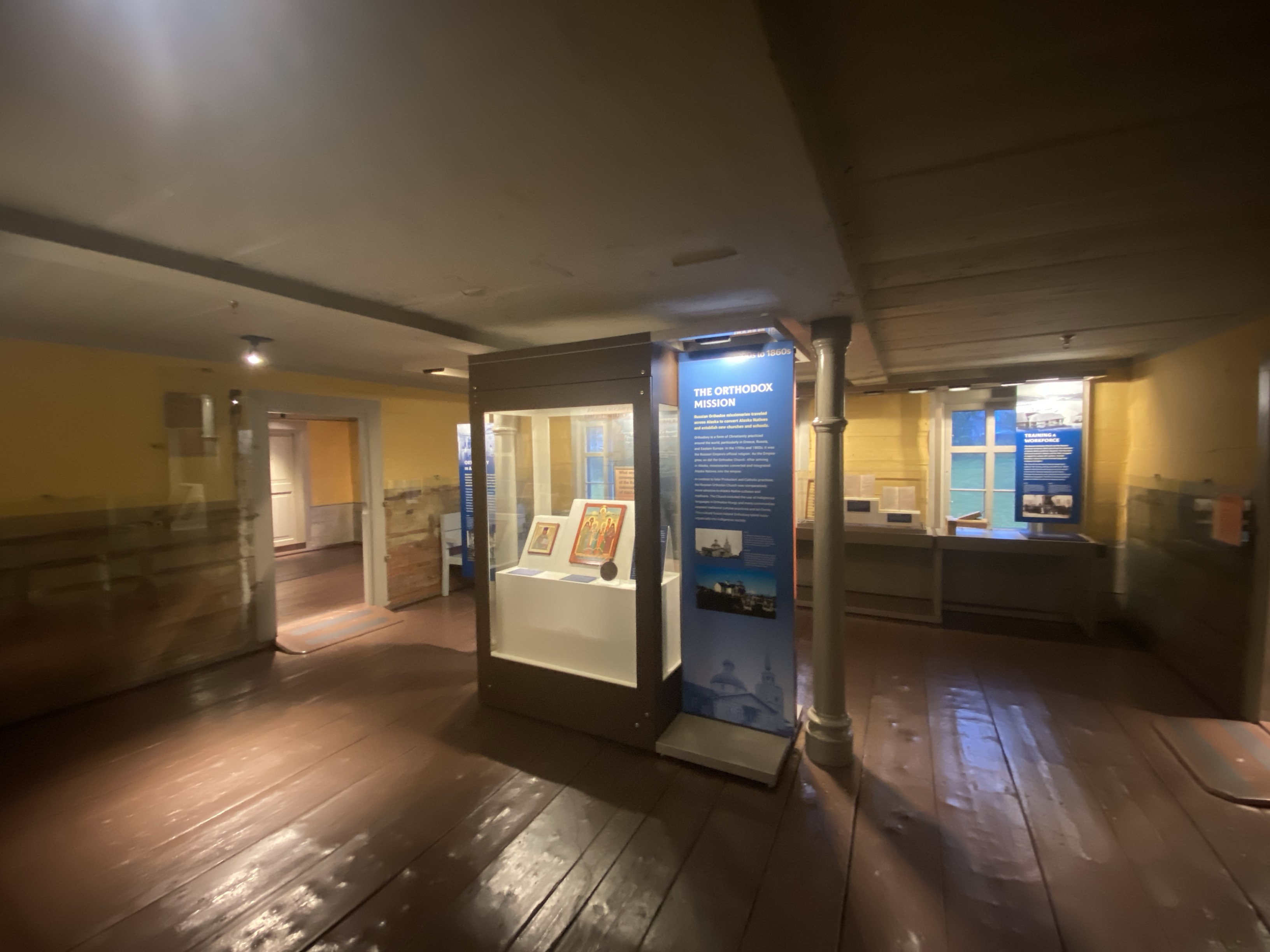
Saanaheit Pole and House PostsThe original pole was from the Kaigani Haida village of Kasaan on Prince of Wales Island and was donated to the people of Alaska in 1901 by Chief Saanaheit as a memorial to his people. It was the first pole in the Park in 1901 and what a majestic one to welcome all the others that arrived two years later. 
Seaside PorchThe self guided walking tour of Totem Trail begins on the seaside porch of the park's visitor center. 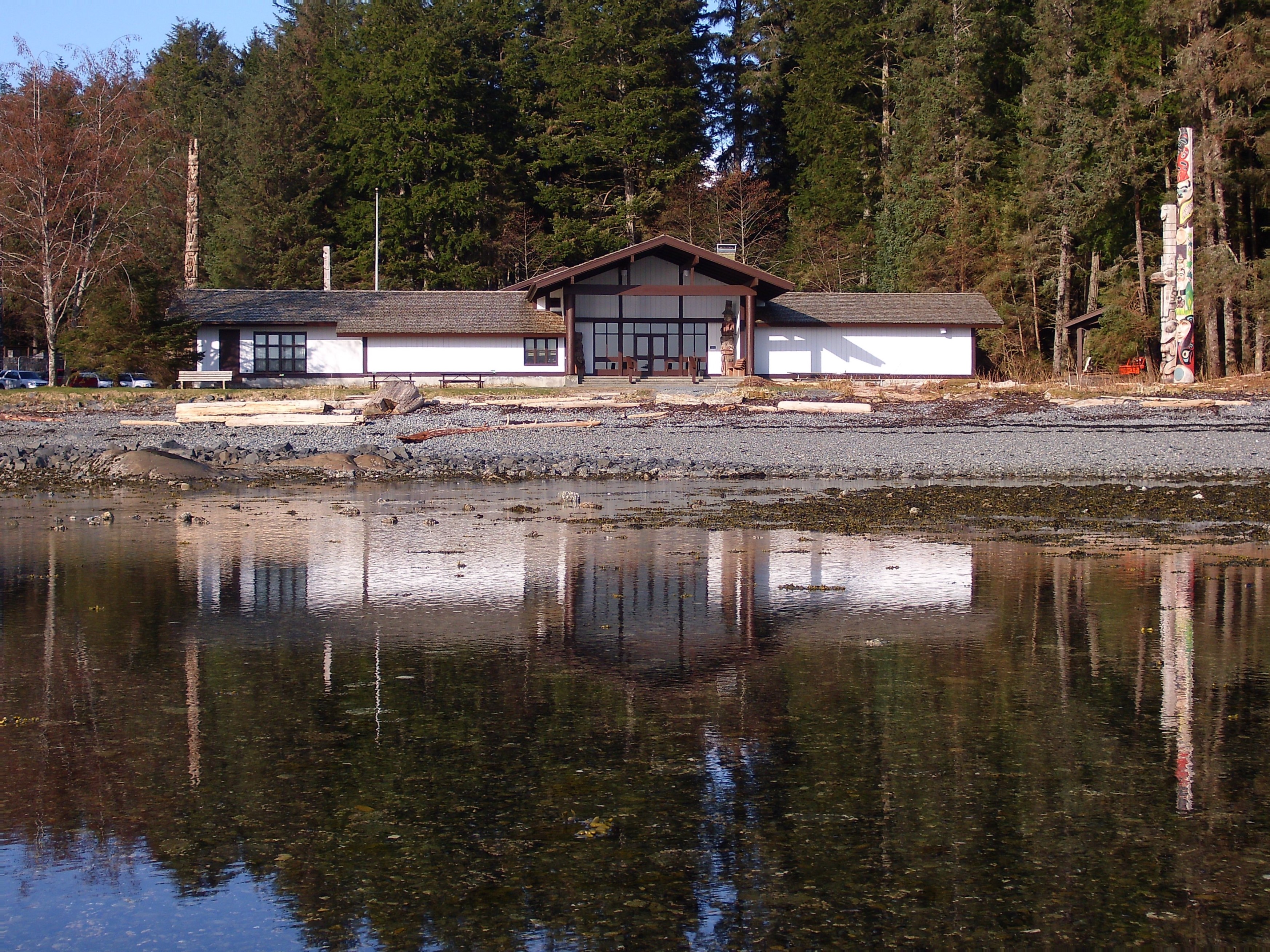
Sitka Blockhouse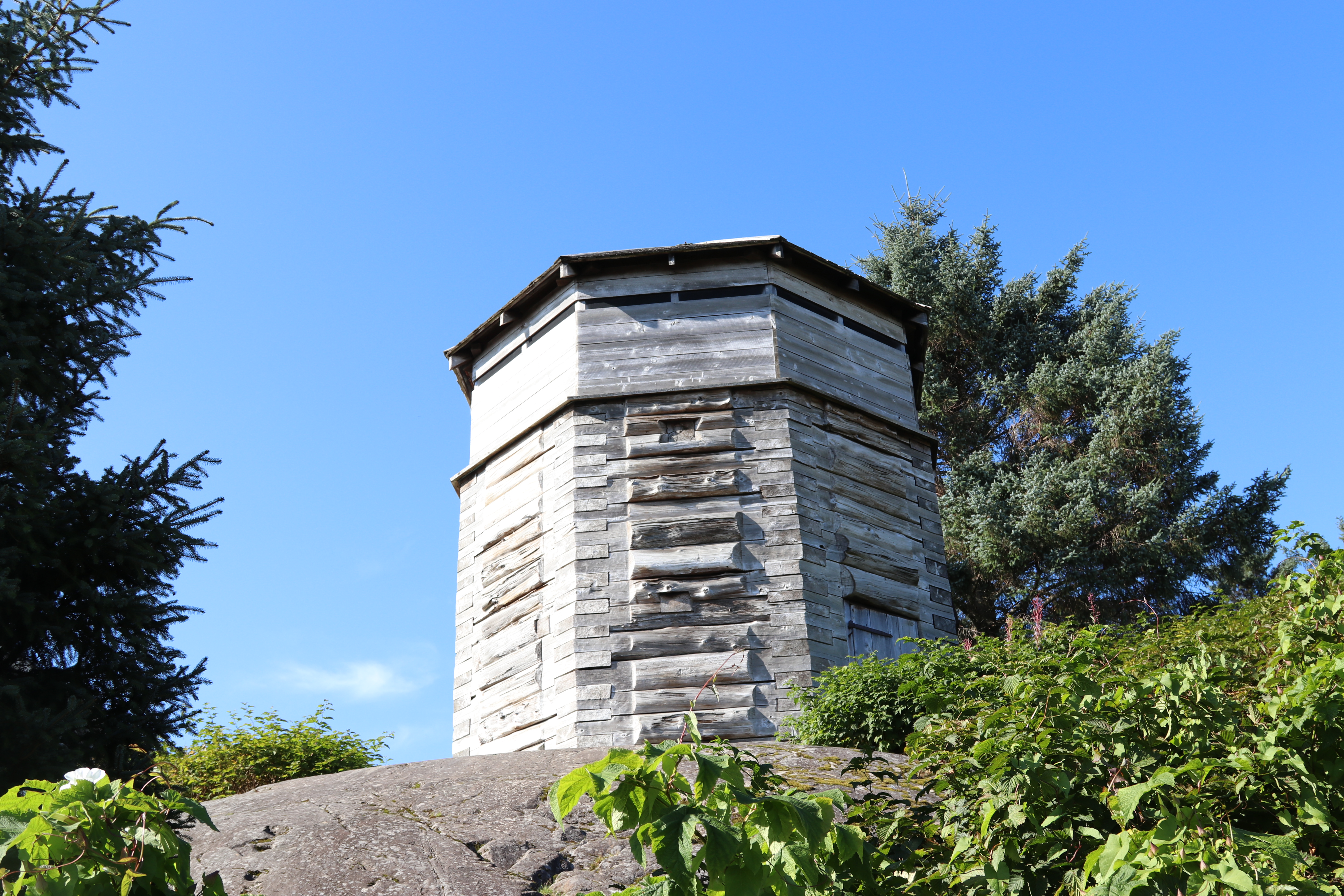
Sleeping Man Pole
Supplying the Colony Exhibit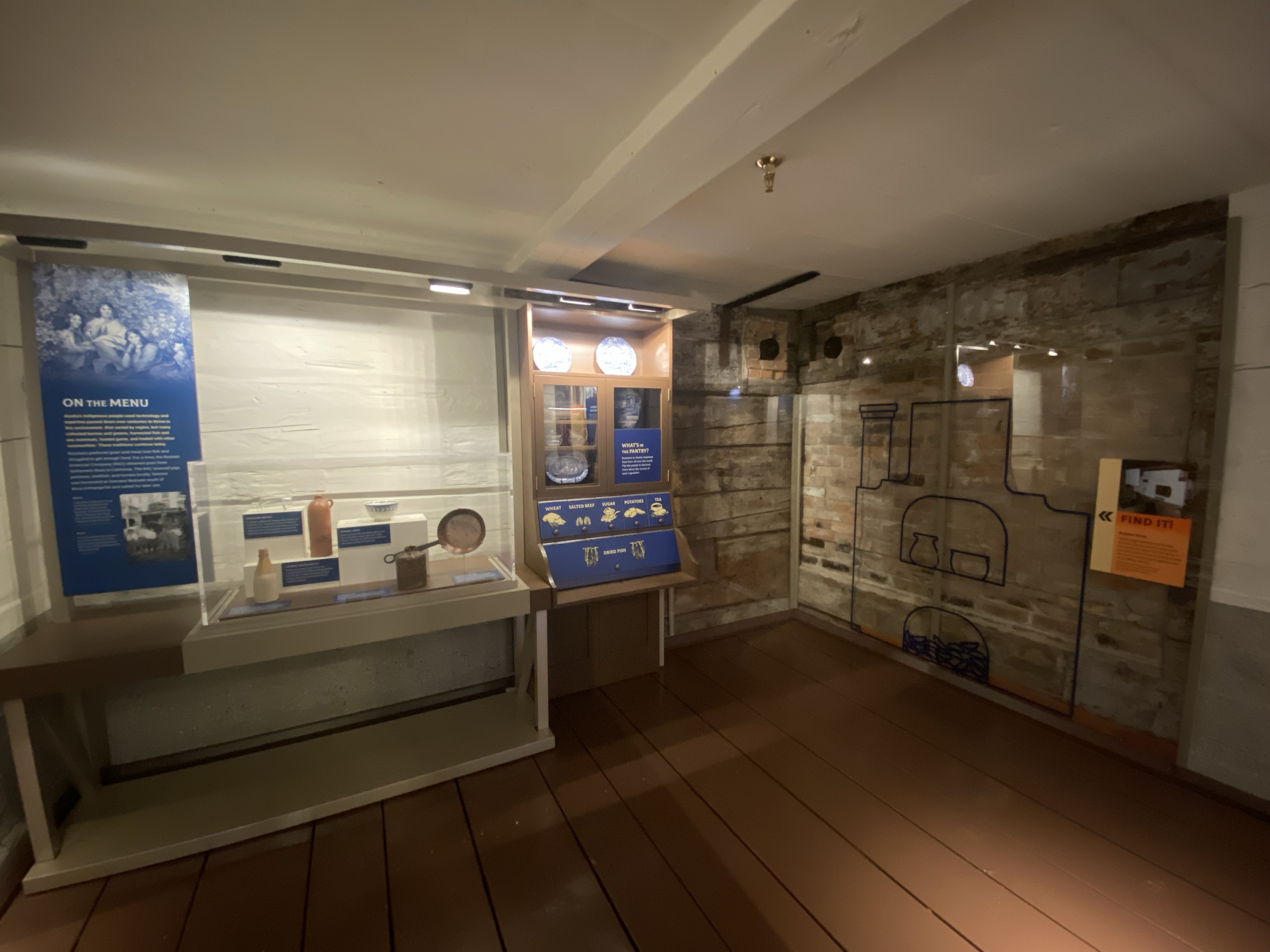
Temporary Exhibits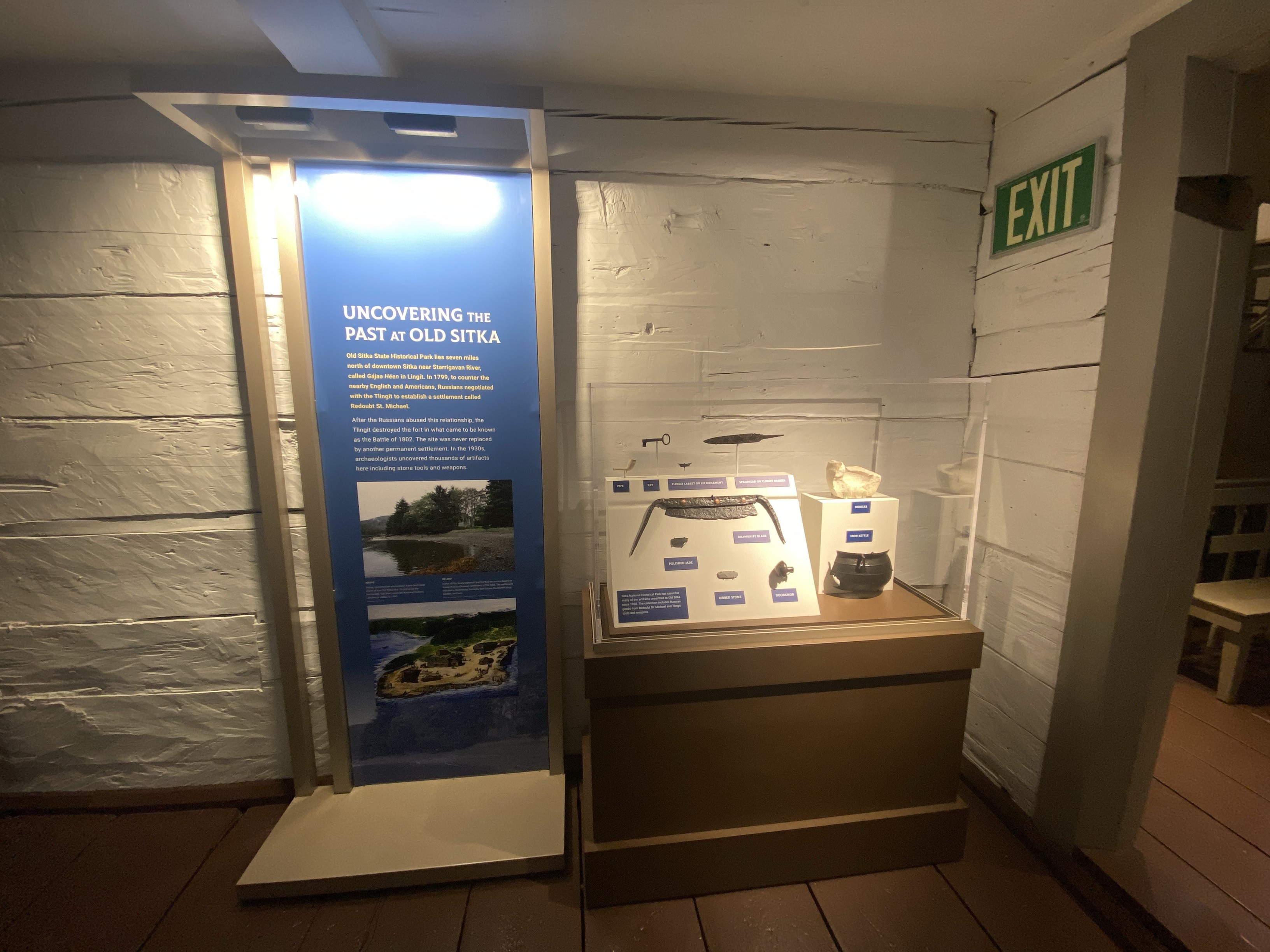
The Places of Russian America Exhibit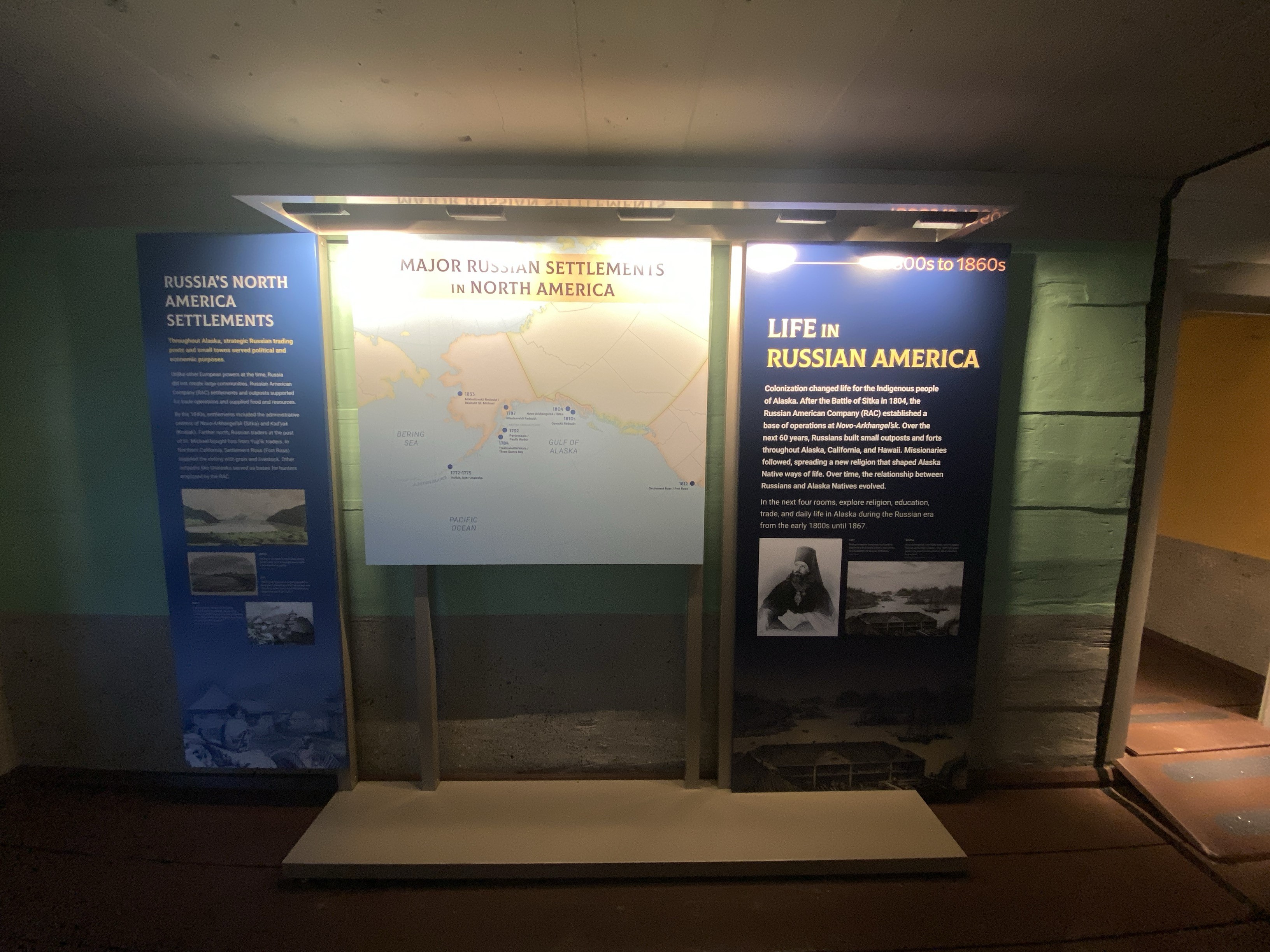
The Russian Empire Exhibit Room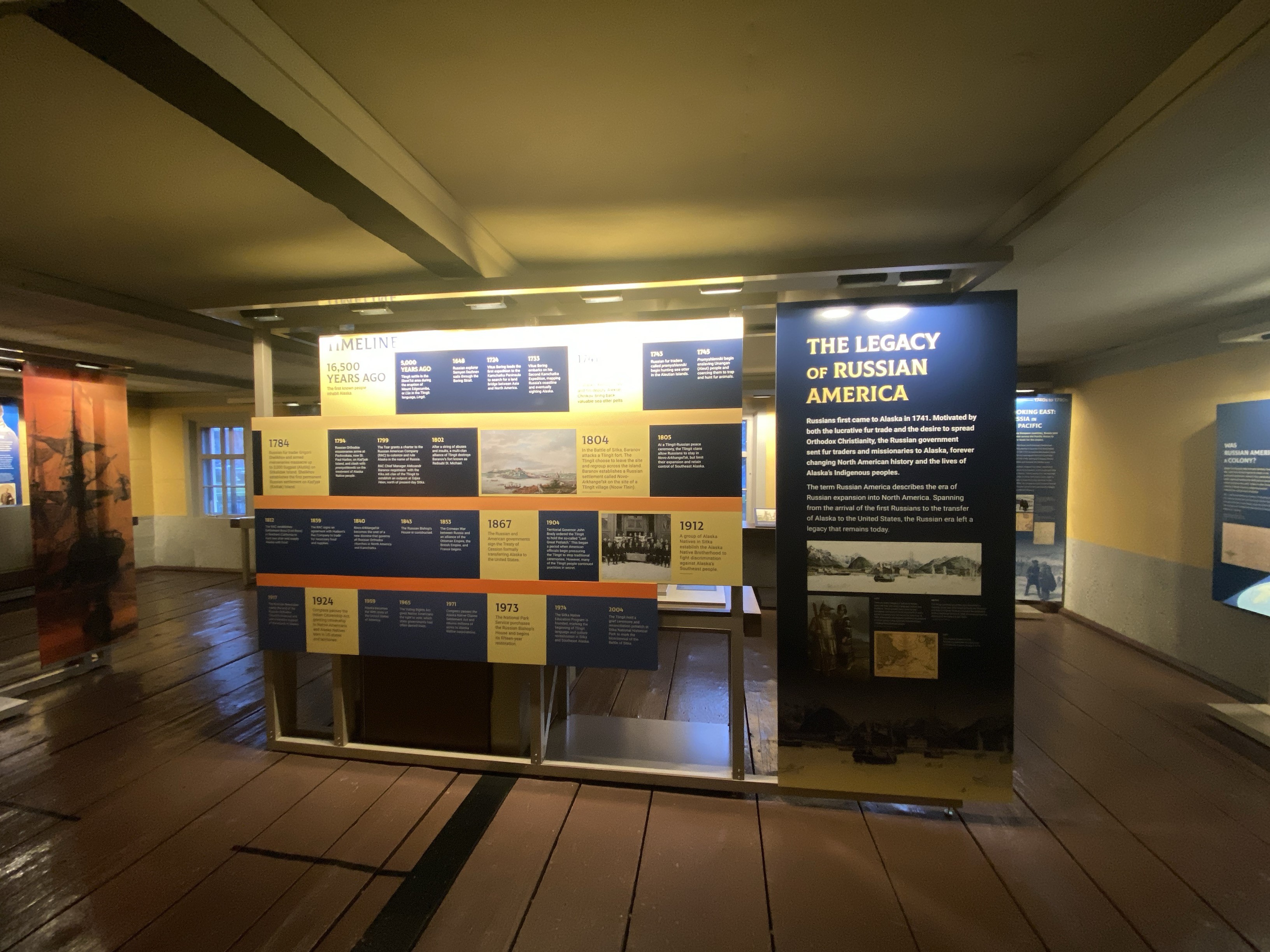
Trader Legend PoleThe events in our lives are often shaped by conflicts that need to be resolved. The ridicule pole served to resolve conflicts through peer pressure and was non-violent. 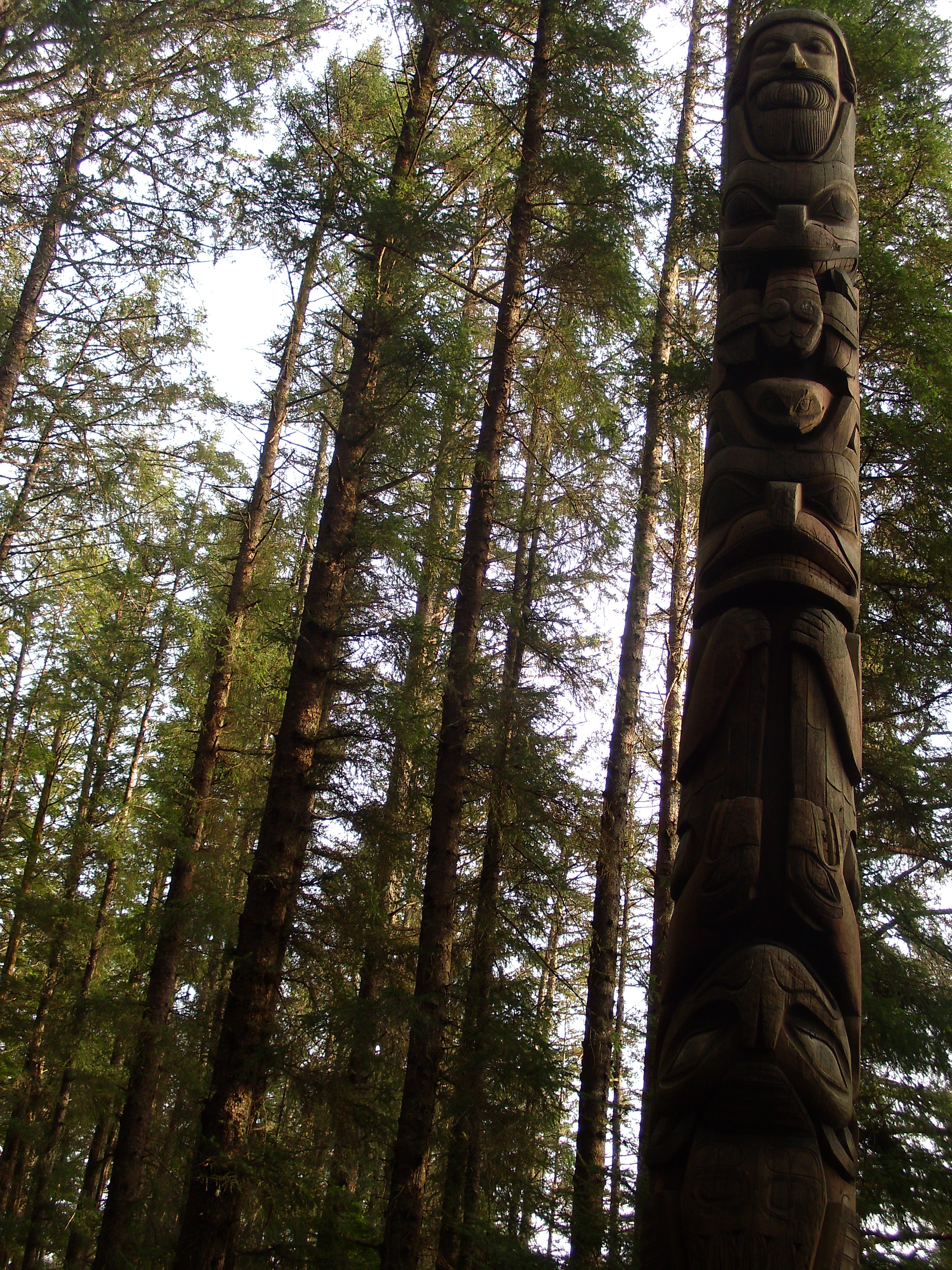
West Gallery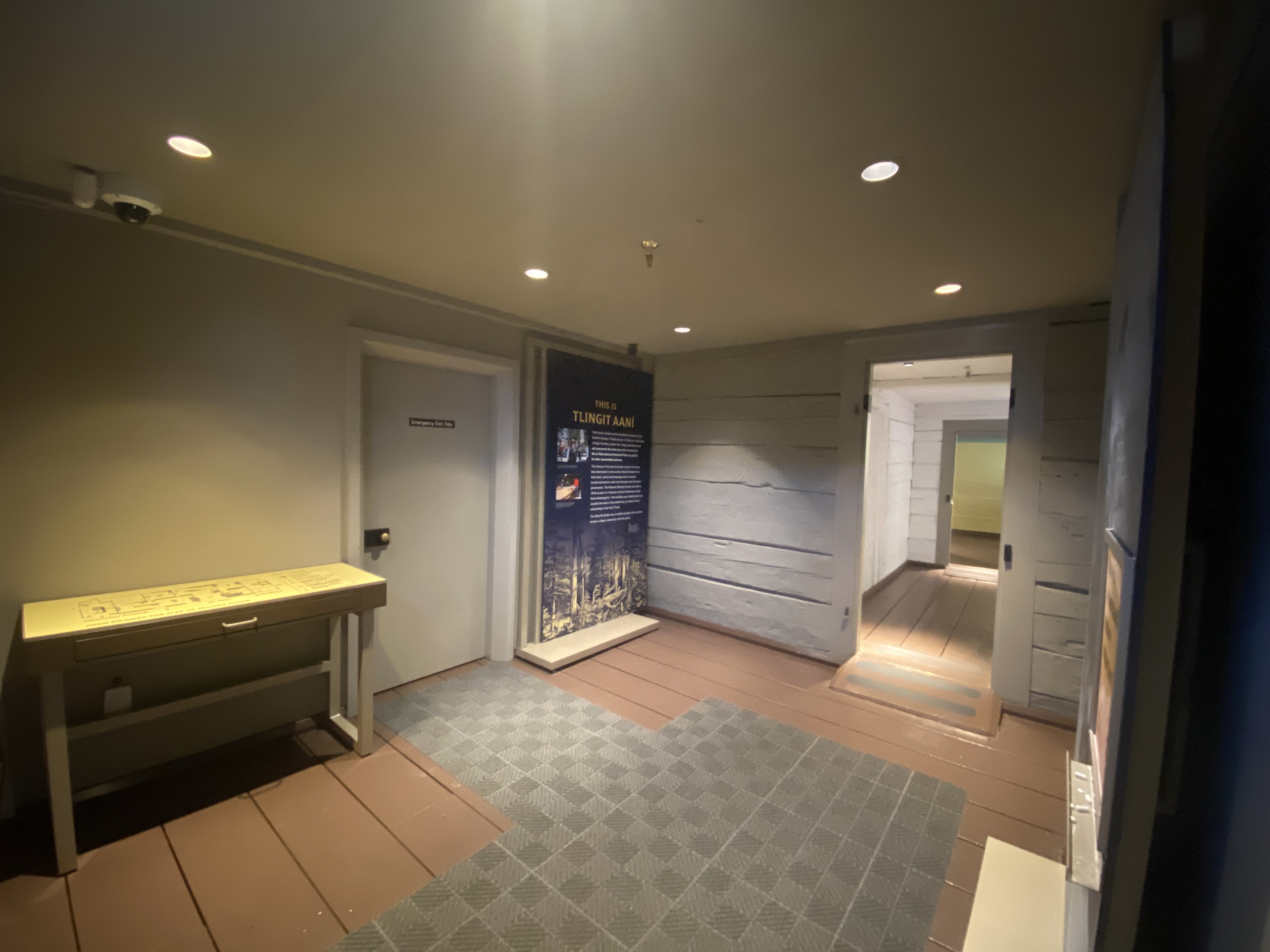
Wolf PoleTotem pole carving was traditionally the responsibility of a select group of craftsmen who have been formally trained in an apprenticeship system. A totem is carved by an artist of a clan opposite the clan of the person who commissions it. It was not uncommon for a Haida carver to be commissioned by a Tlingit, or vice versa. 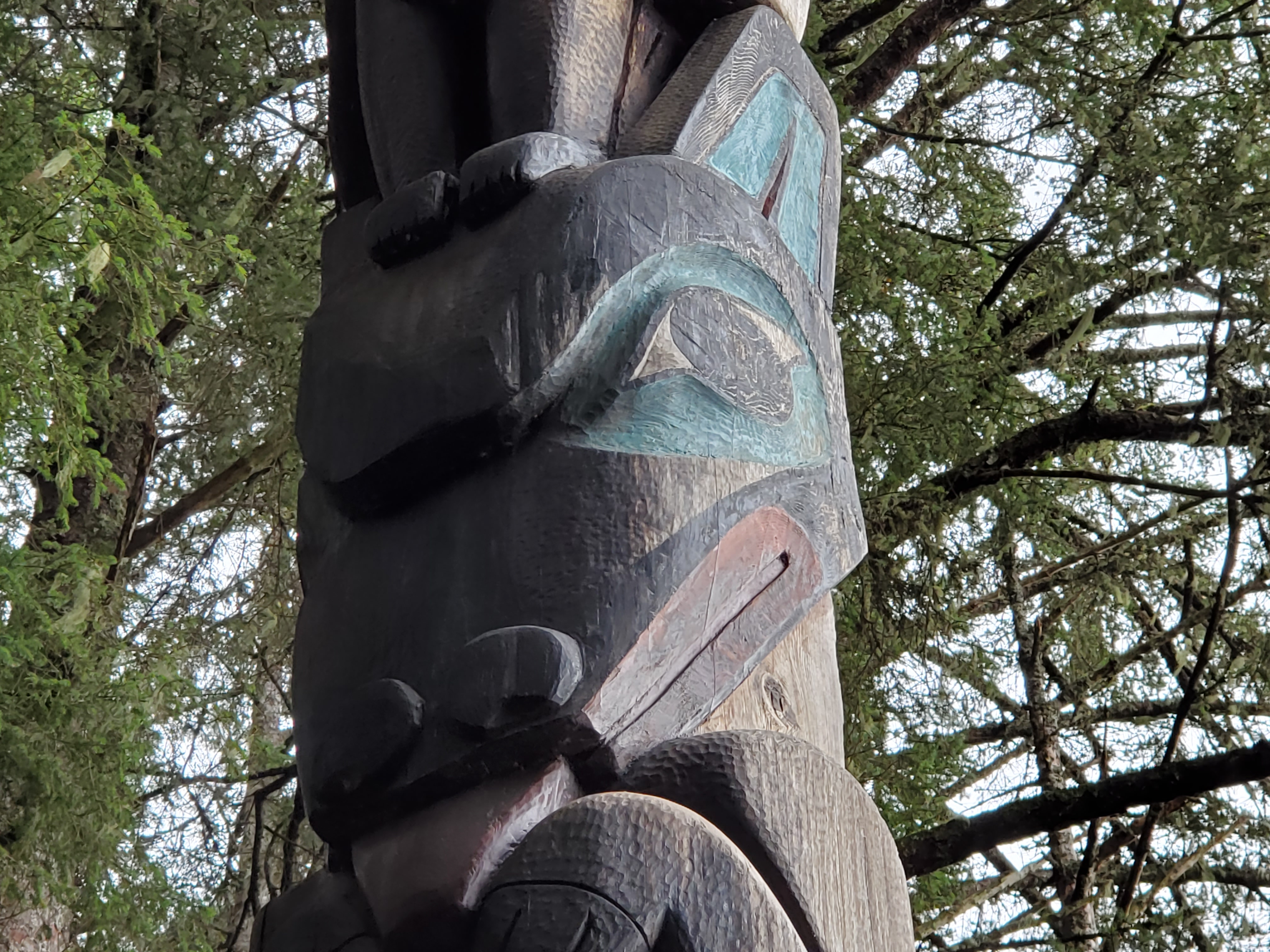
Wooch Jin Dul Shat Kooteeya "Holding Hands"Wooch Jin Dul Shat Kooteeya was raised by the com-munity on May 15, 2011, marking the final event of the Sitka National Historical Park’s Centennial. 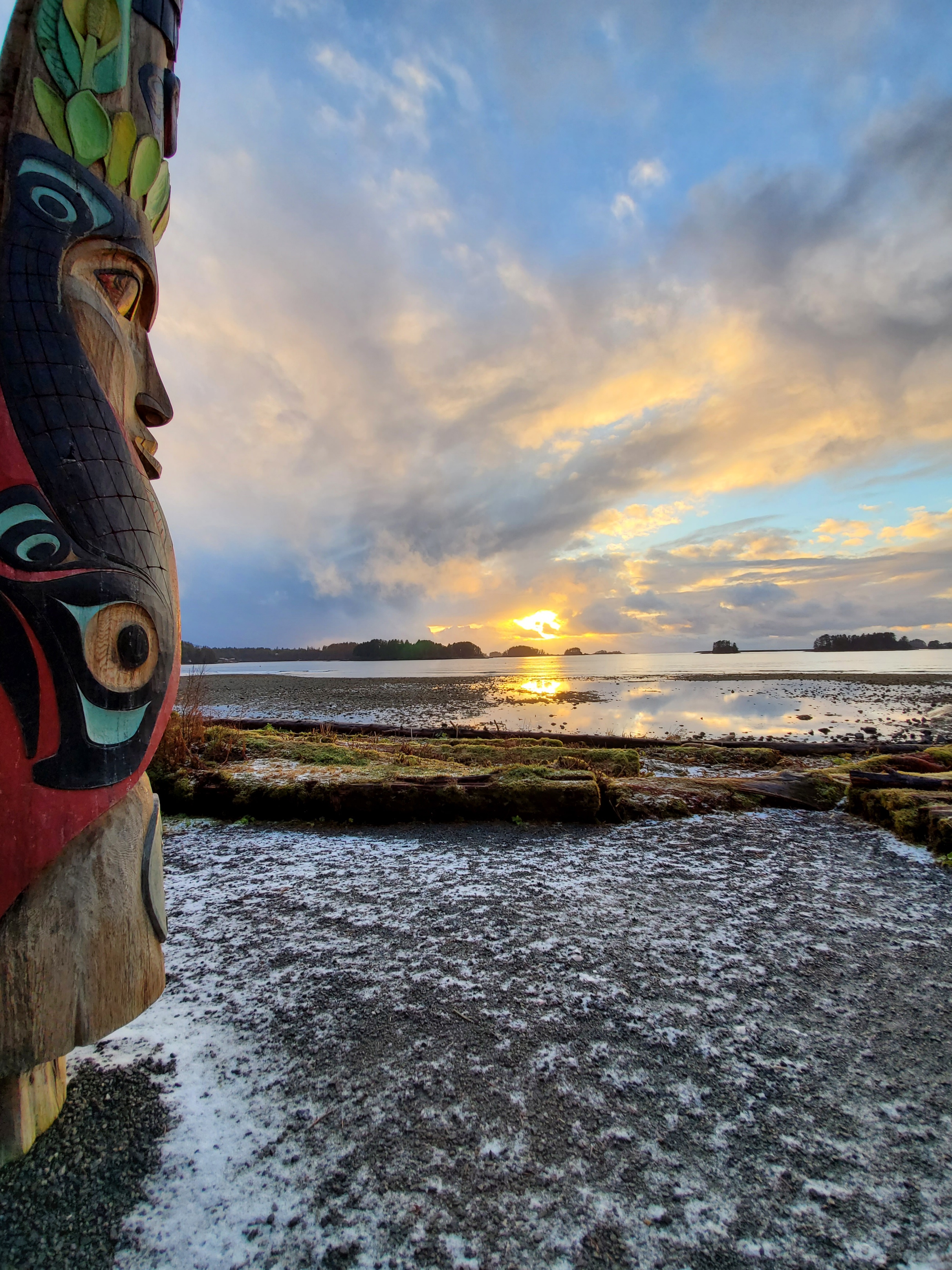
Wudzixeedi Gooch House Screen
Wudzixeedi Gooch “Multiplying Wolf” house screen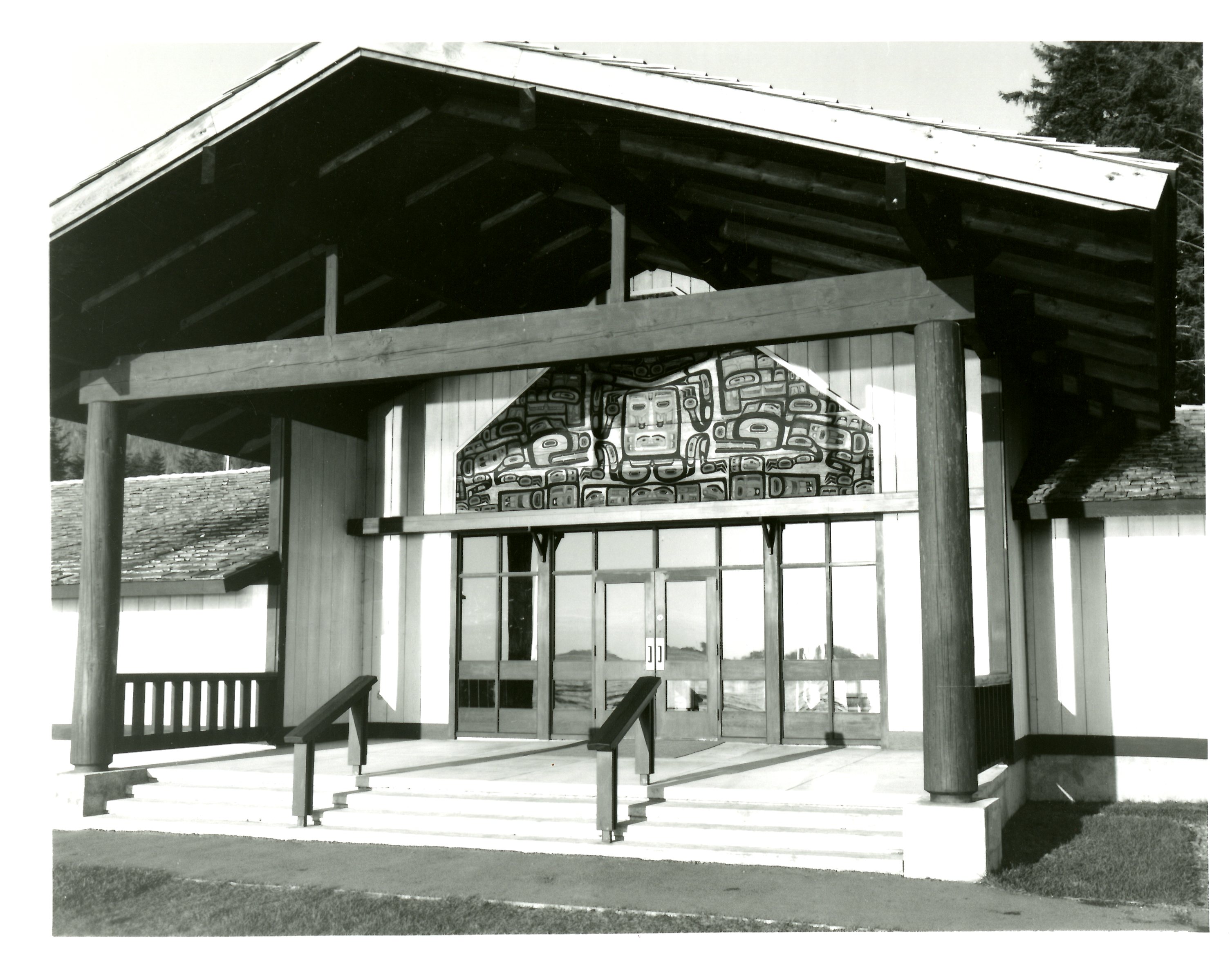
Yaadaas Crest Corner Pole FragmentsThese are original pieces of one of the two Yaadaas clan crest corner poles brought to the park in 1906. This pole originally stood at 23 feet and along with its twin, stood at the exterior corners of the Yaadaas clan house. 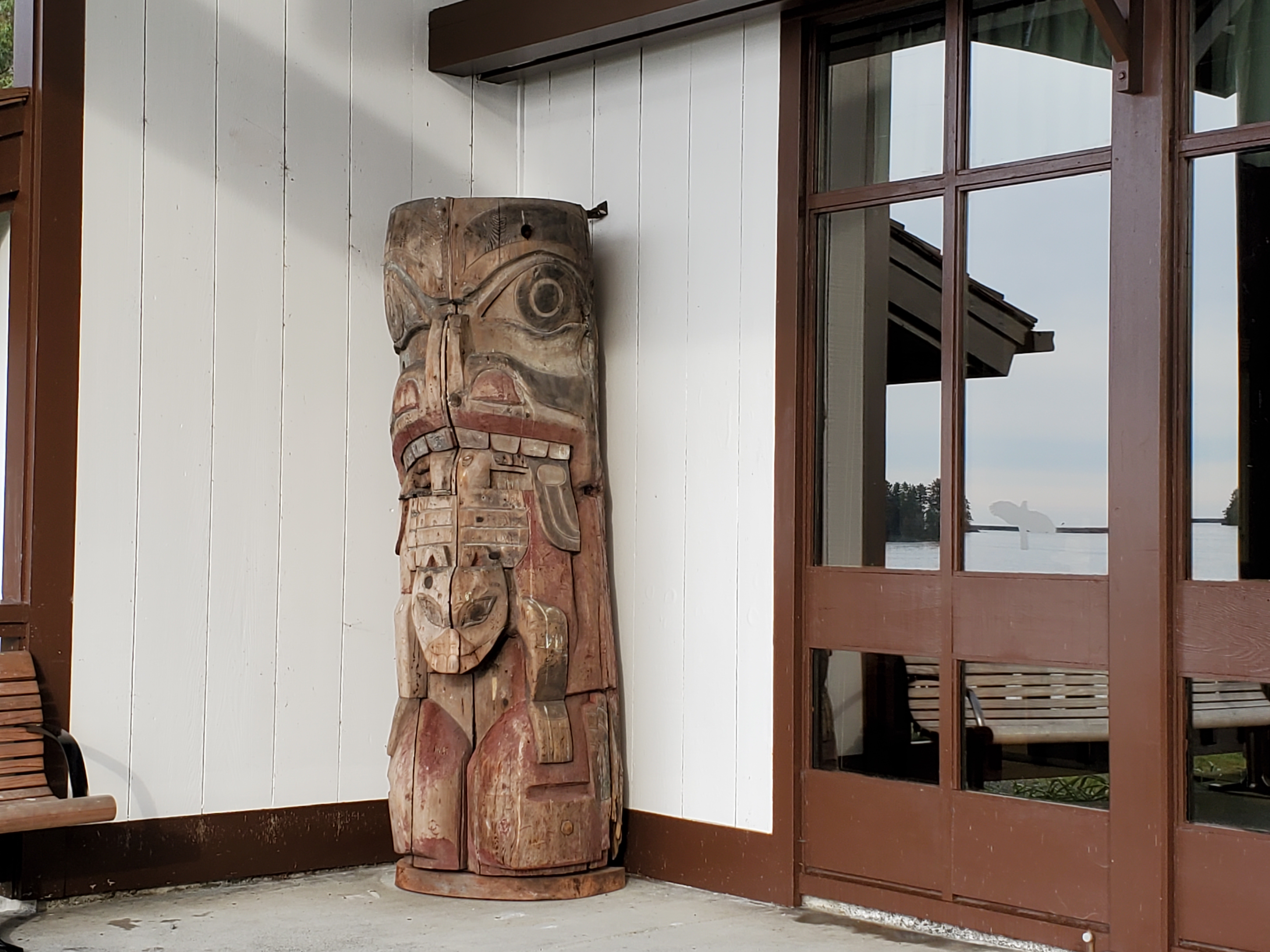
Yaadaas Crest Corner Pole- First TwinTwo seemingly identical poles stood at the exterior front corners of the Yaadaas clan house in Old Kasaan on Prince of Wales Island. This was uncommon. It is the only set known to exist. 
Yaadaas Crest Corner Pole- Second TwinA figure of the Village Watchman at the top is unique to Haida crest poles and has no significance or relationship to the crests. It was intended to let the people know that they were being watched over and will be protected. 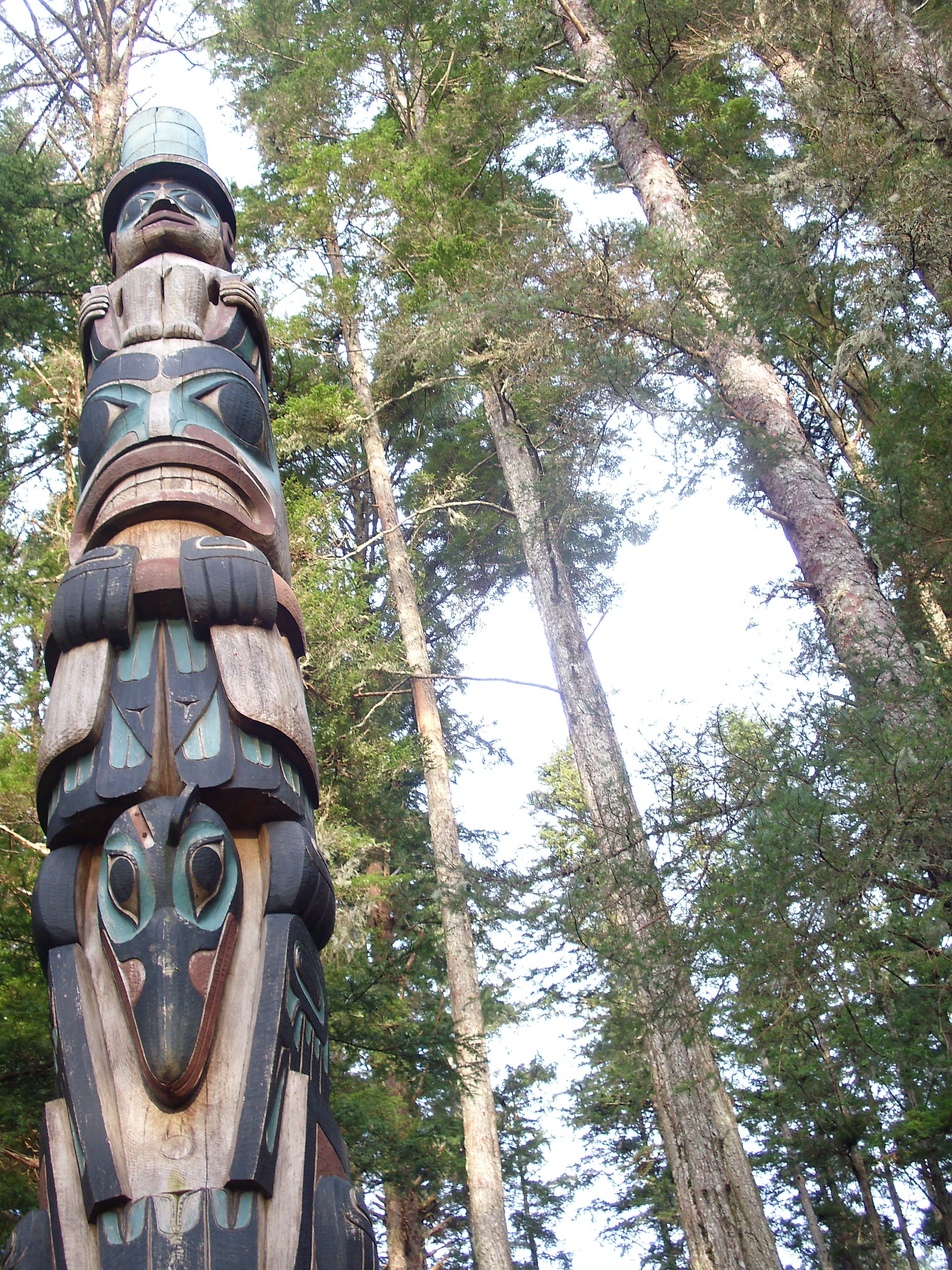
Yaadaas Crest PoleA replica of the original Yaadaas Crest Pole, which was donated by John Baranovich of Old Kasaan over 100 years ago. The original Yaadaas Crest pole remains in the park's collection, and may be viewed in the Totem Preservation Exhibit. 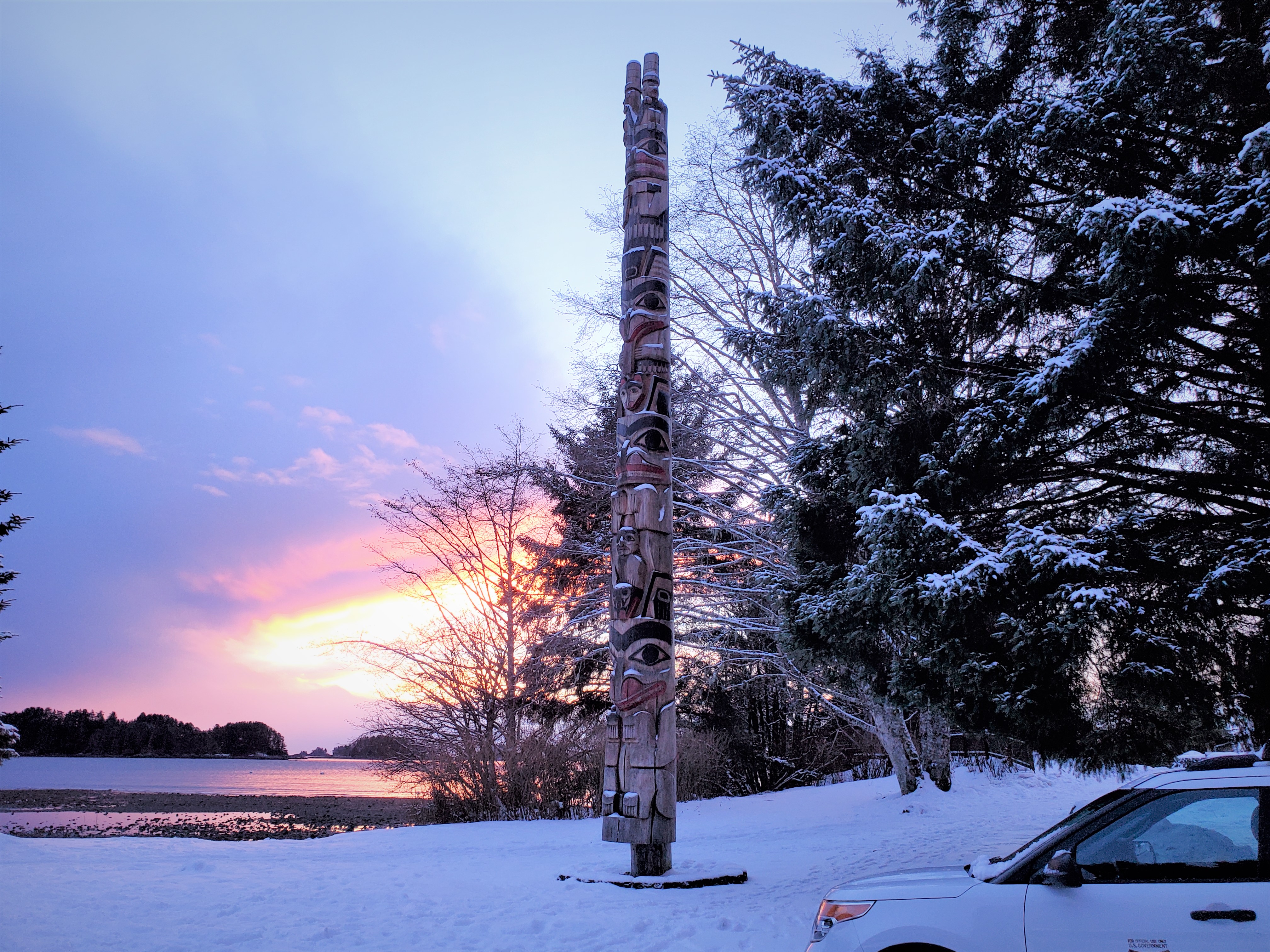
Yadaa.aayi x’éen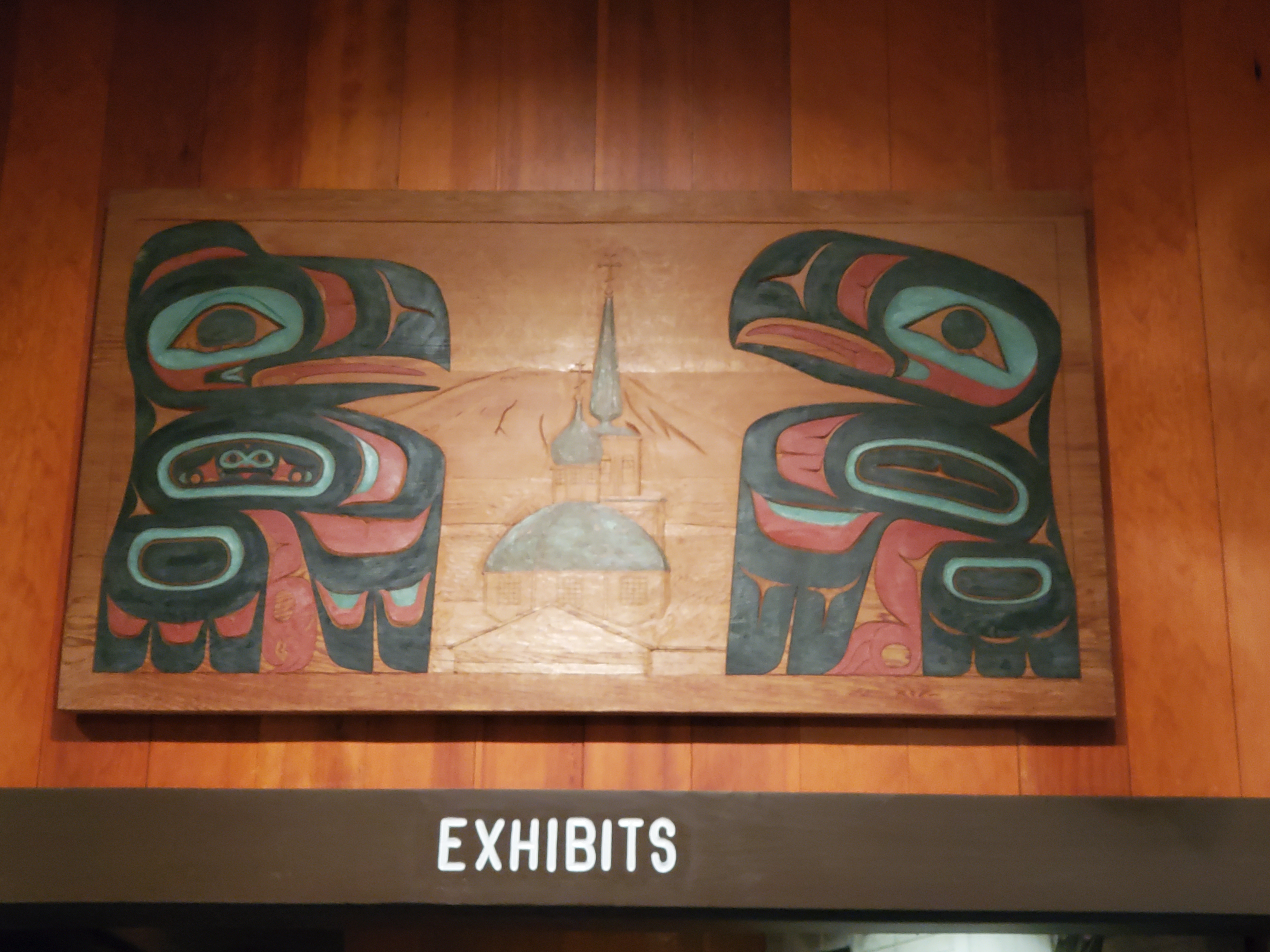
|
| Visitor Centers | Count: 2
Russian Bishop's House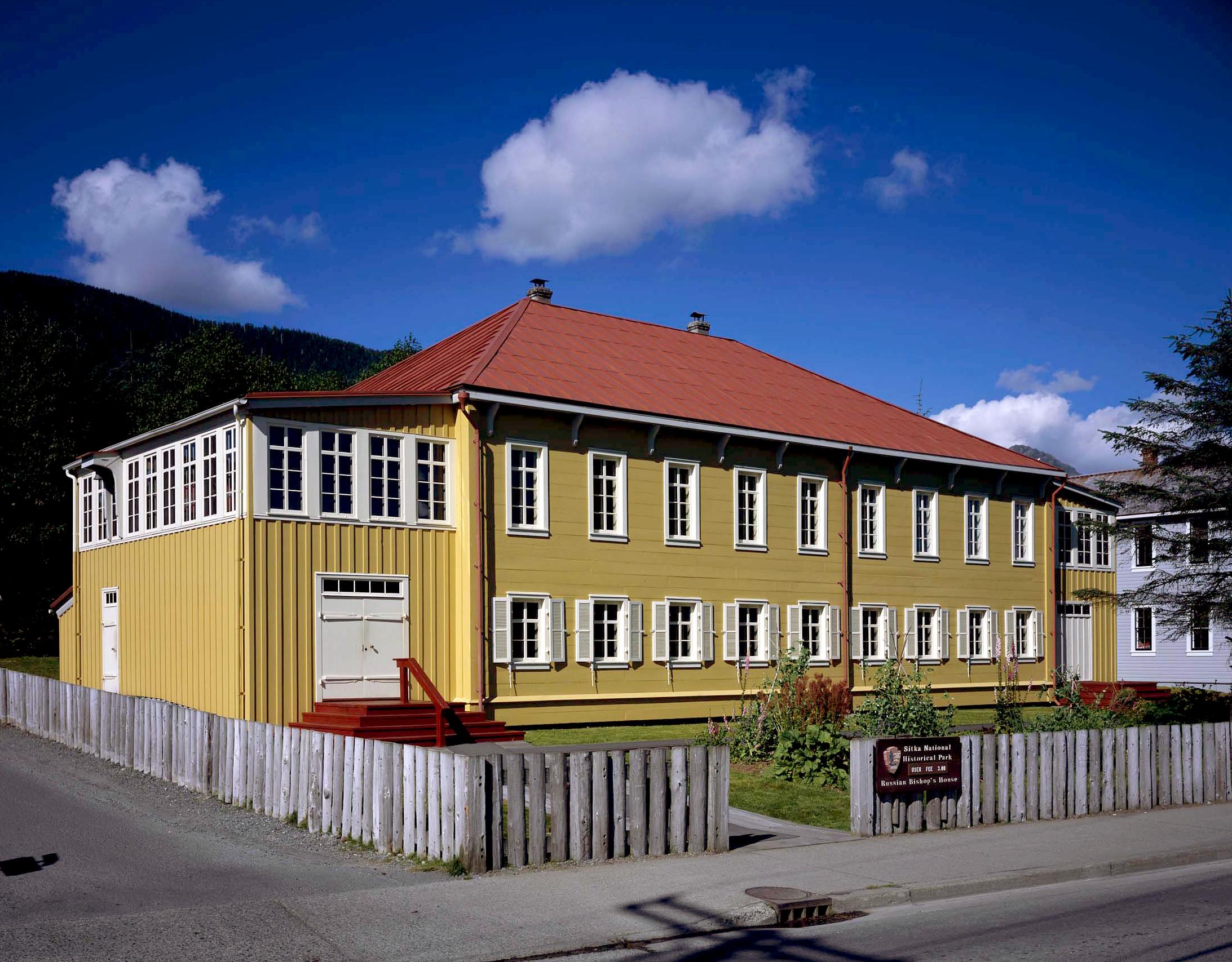
Visitor Center
|
| Things to do | Count: 17
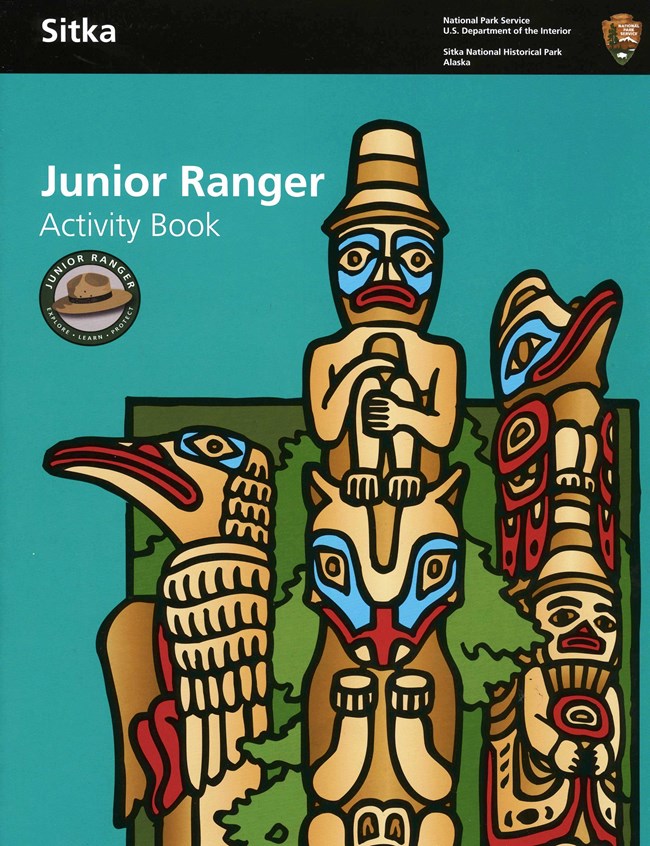


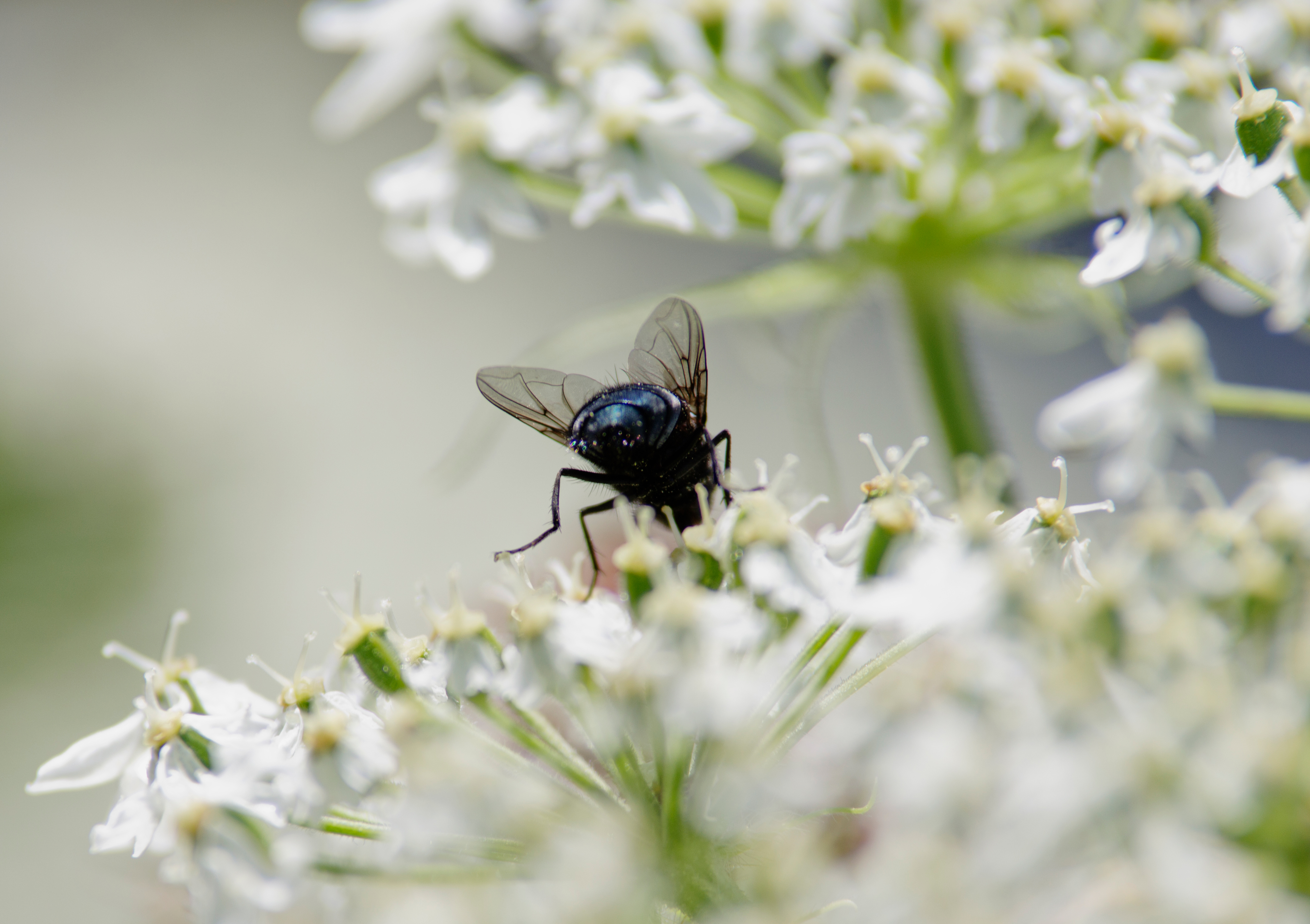
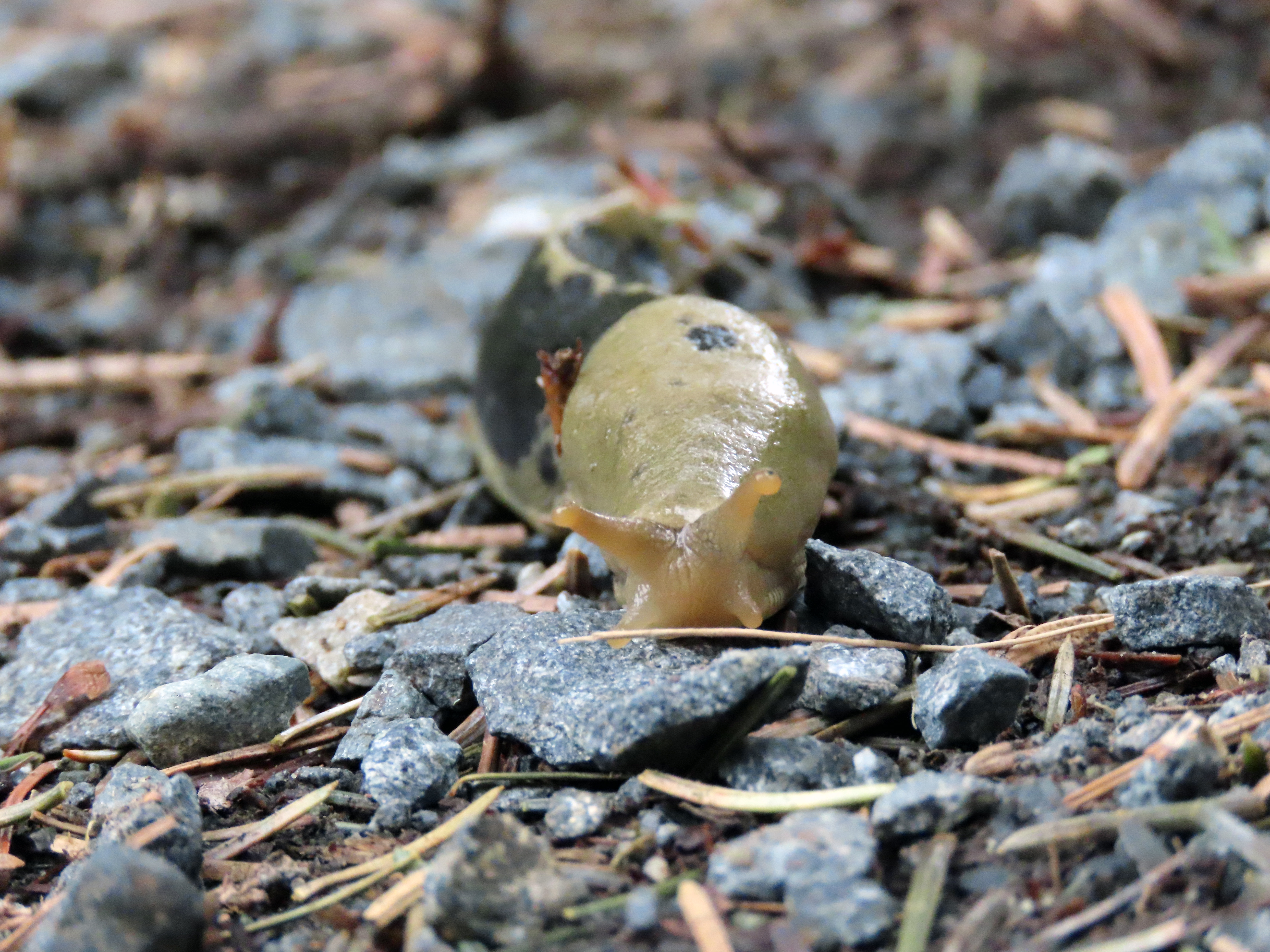
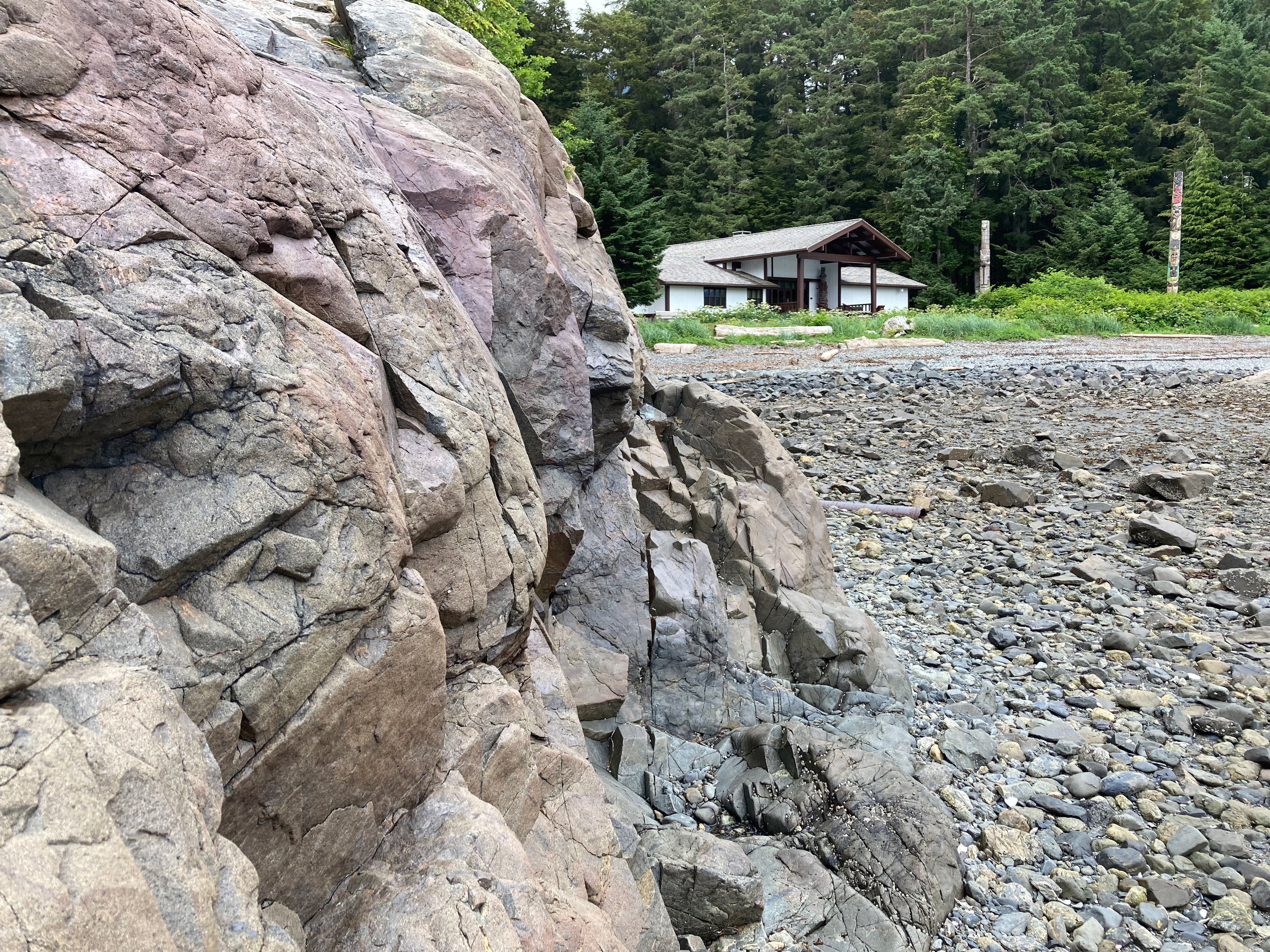
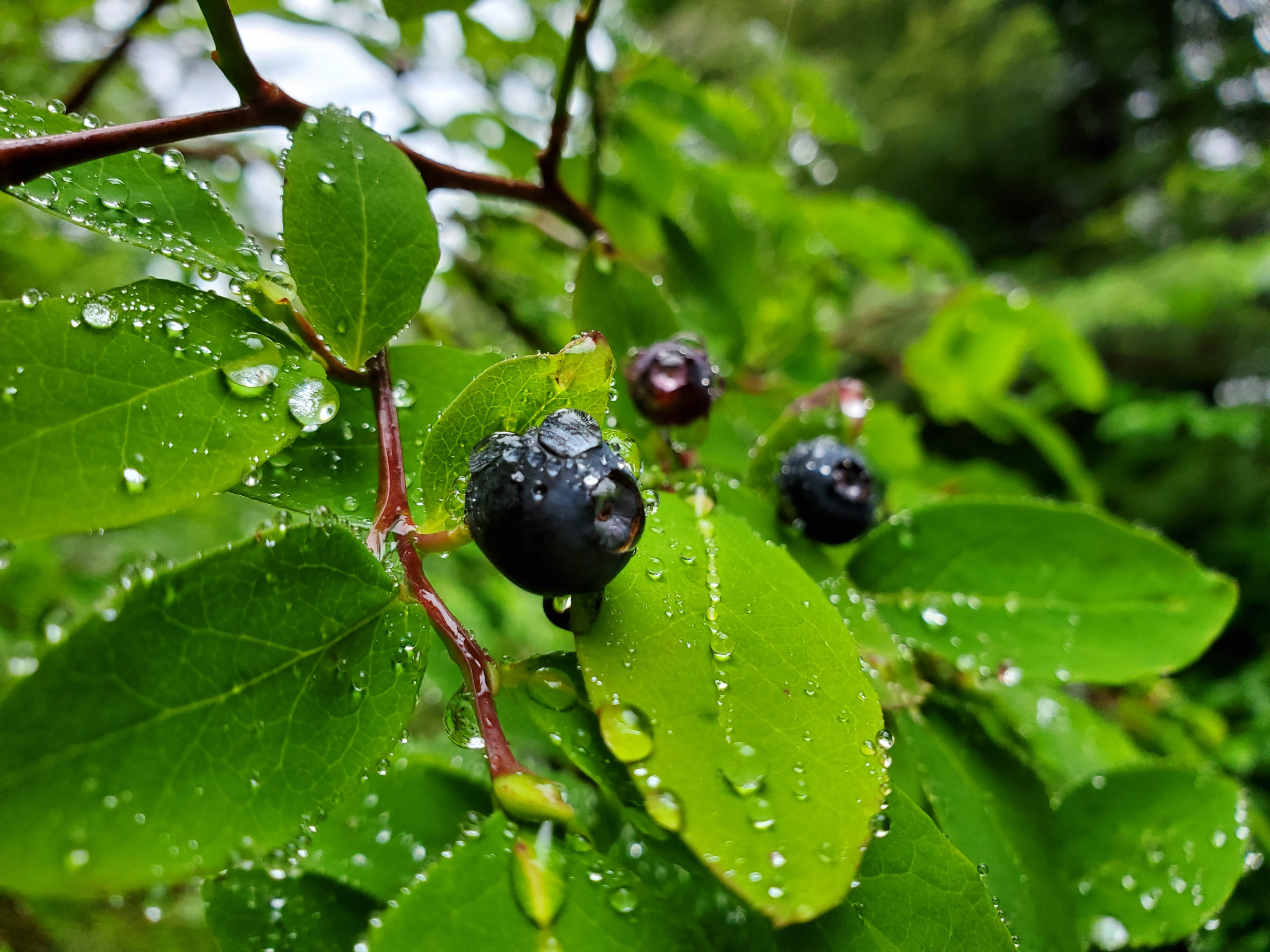


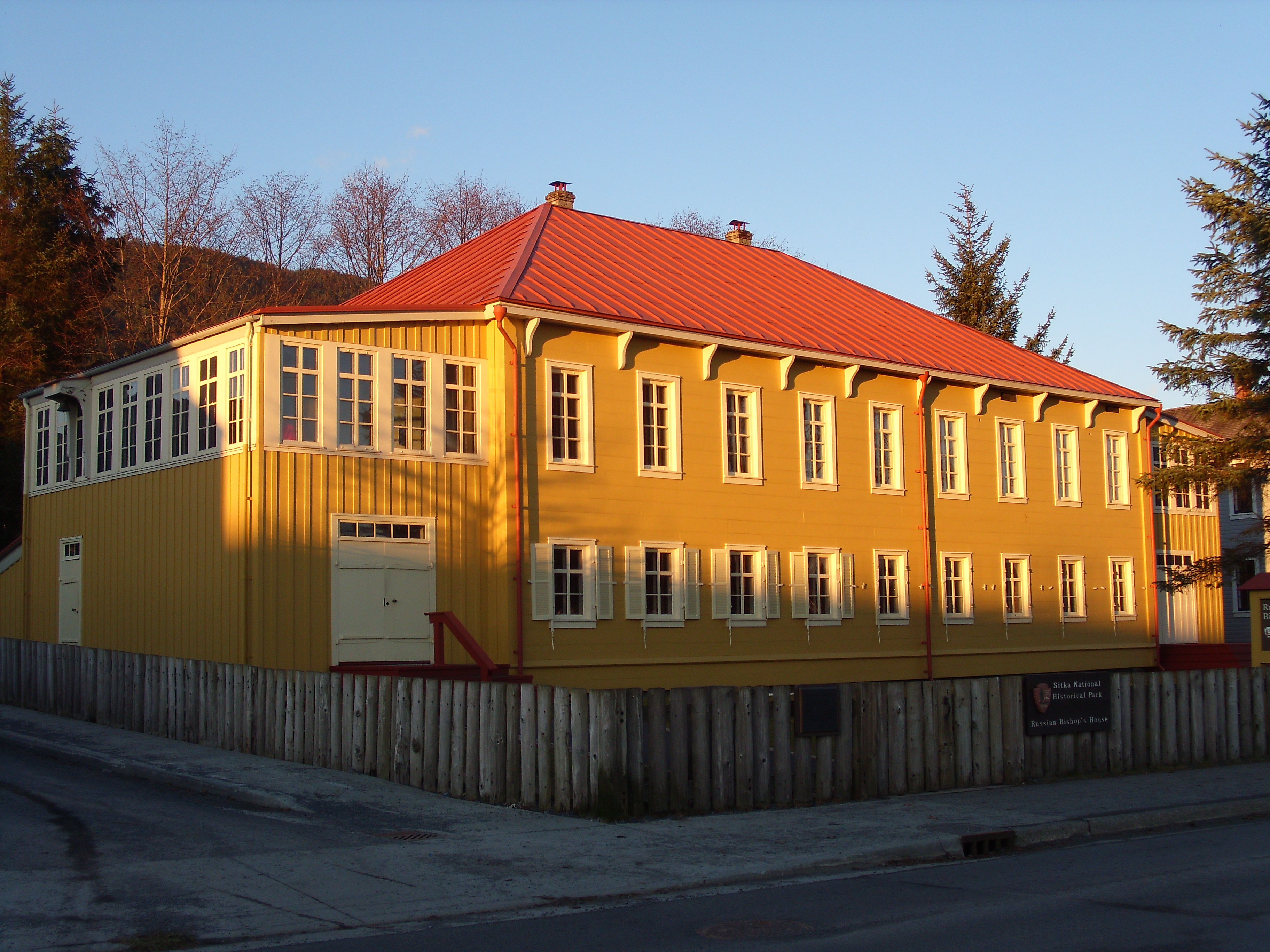
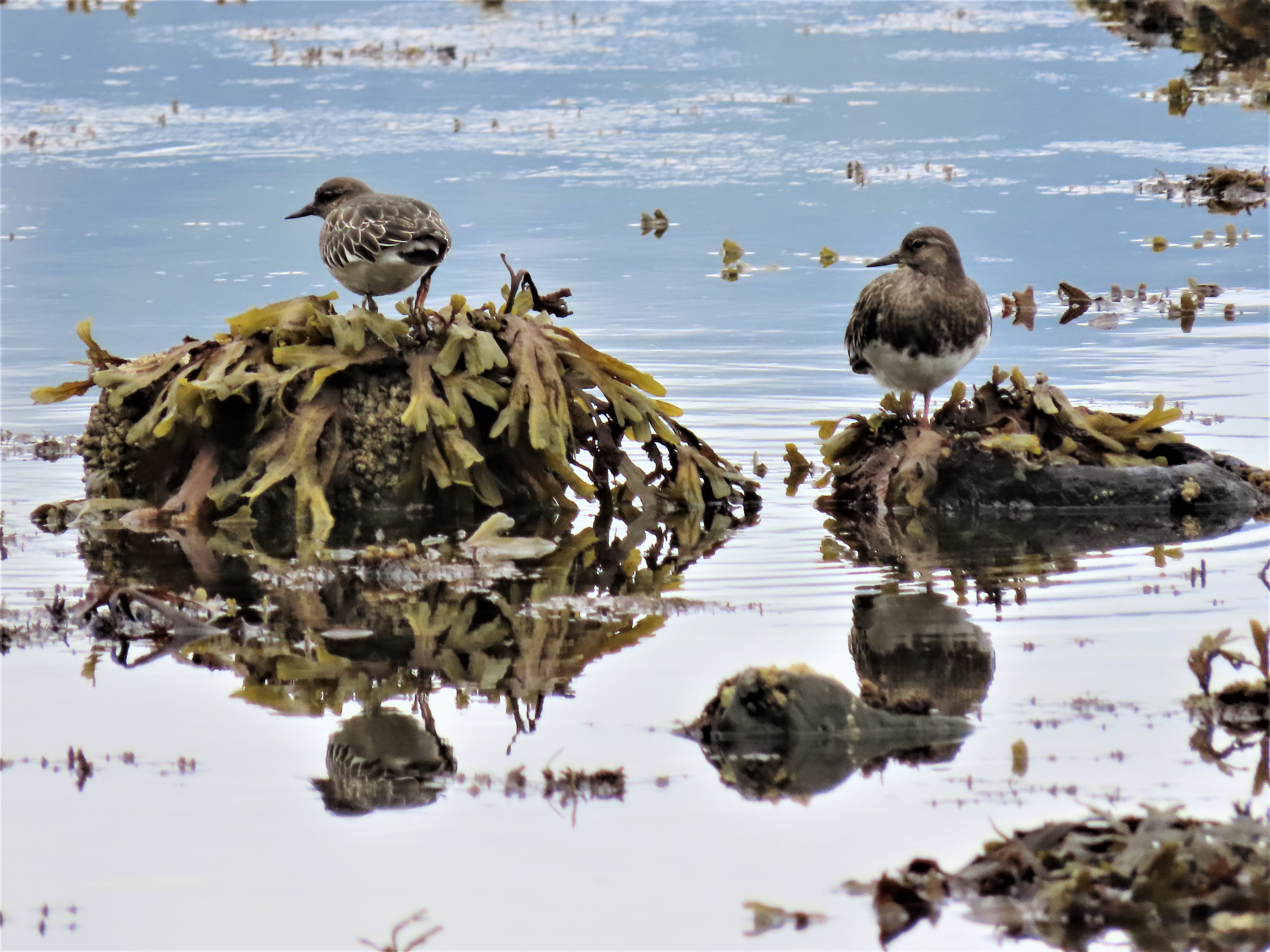
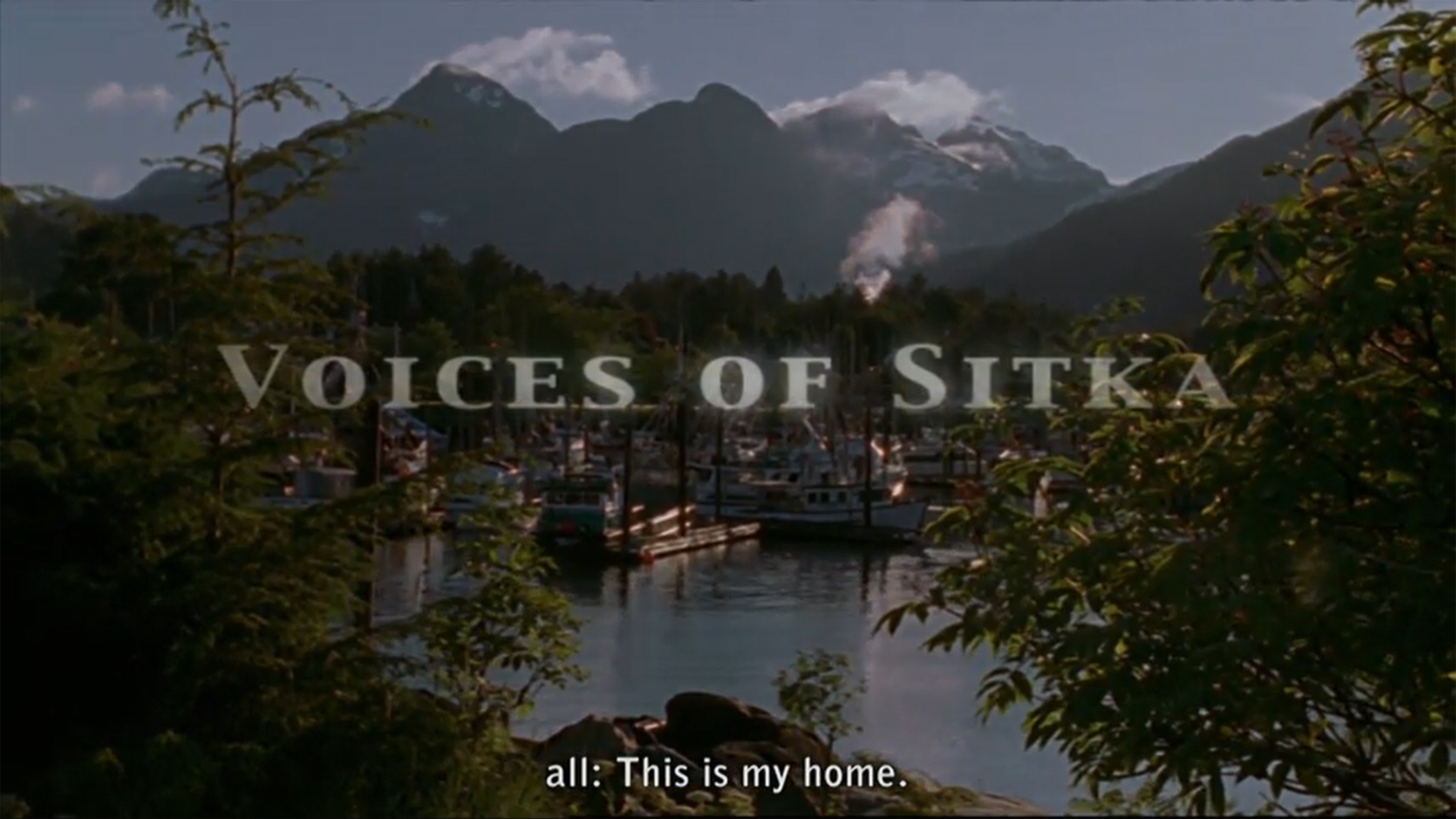

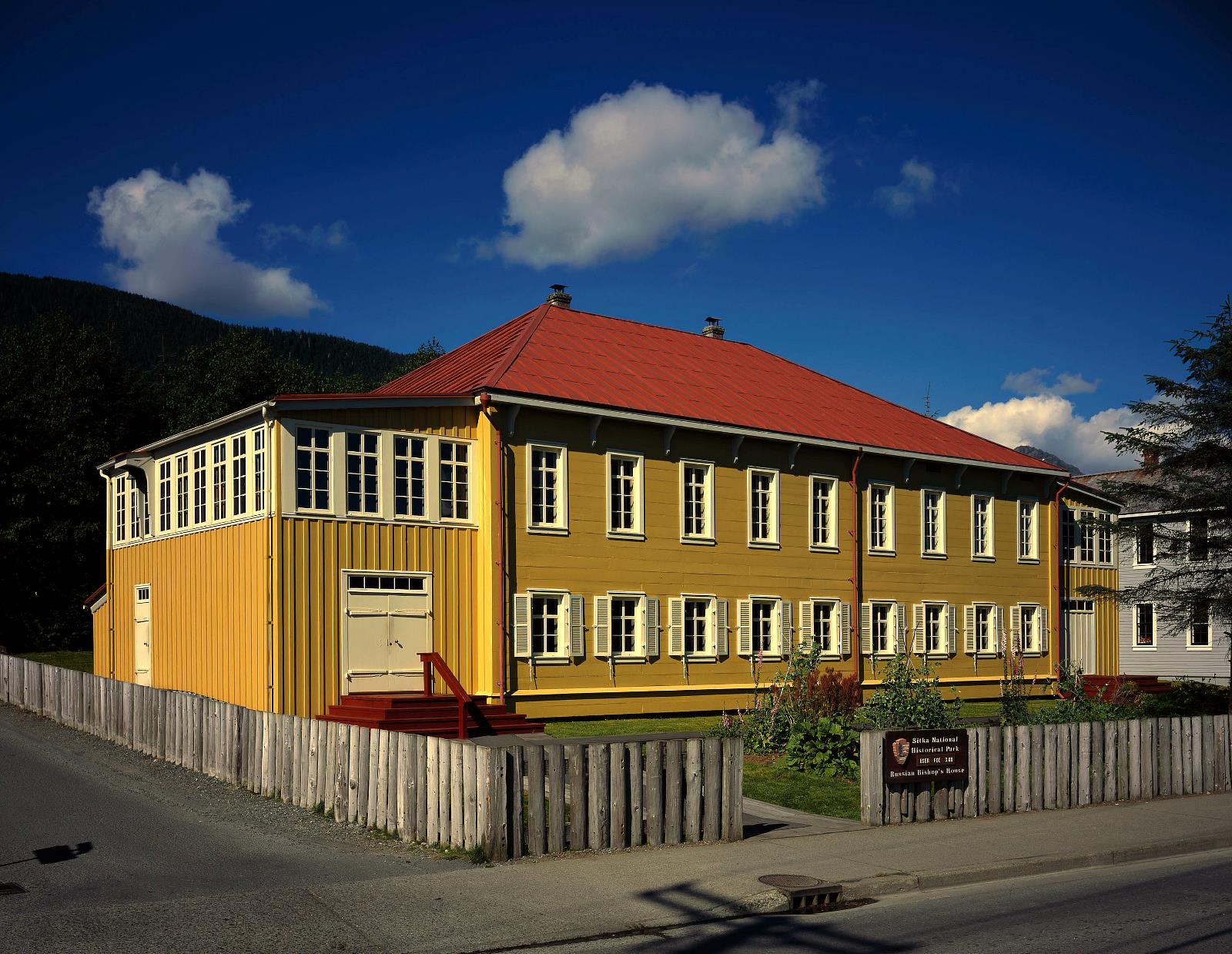
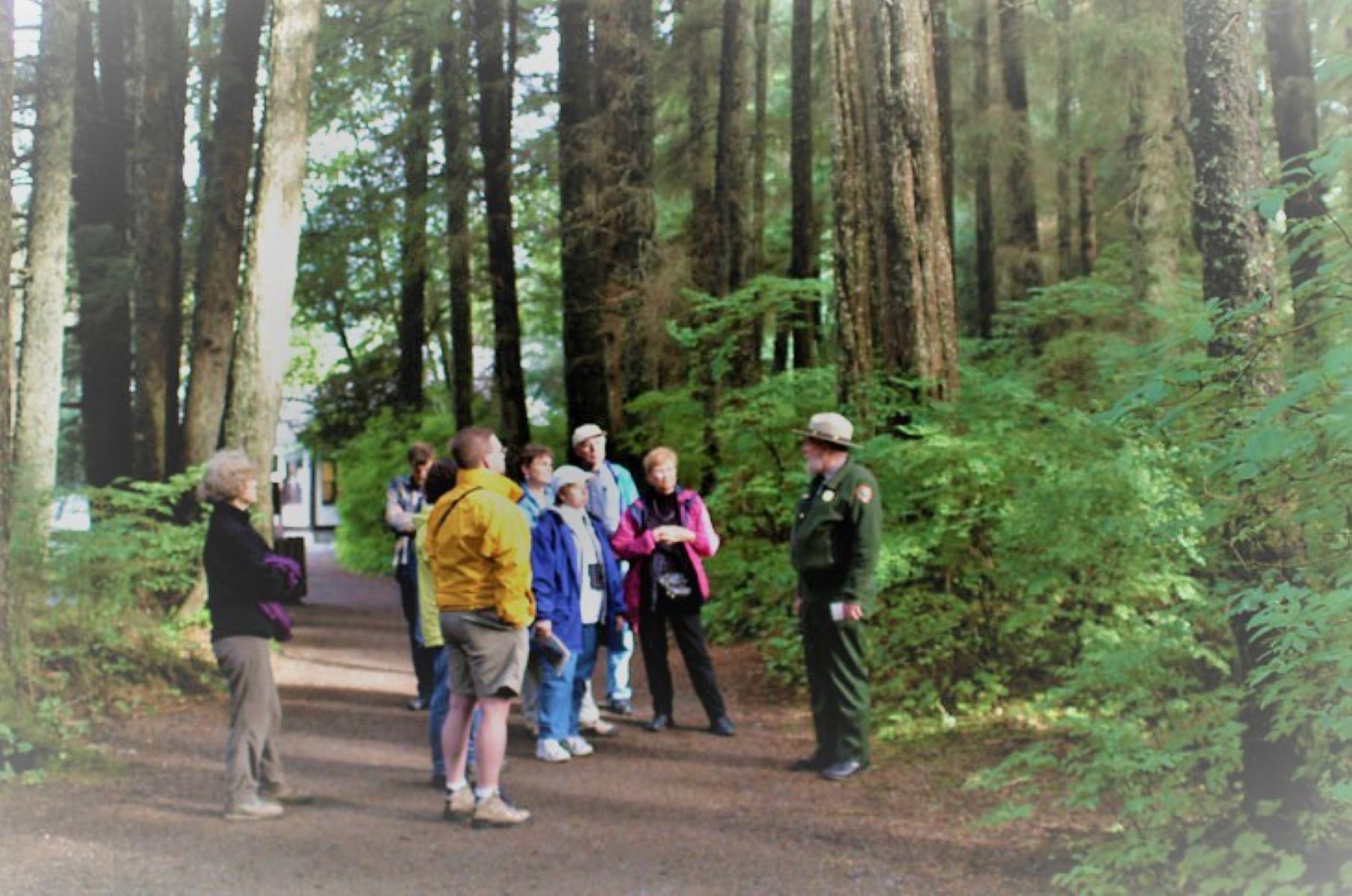
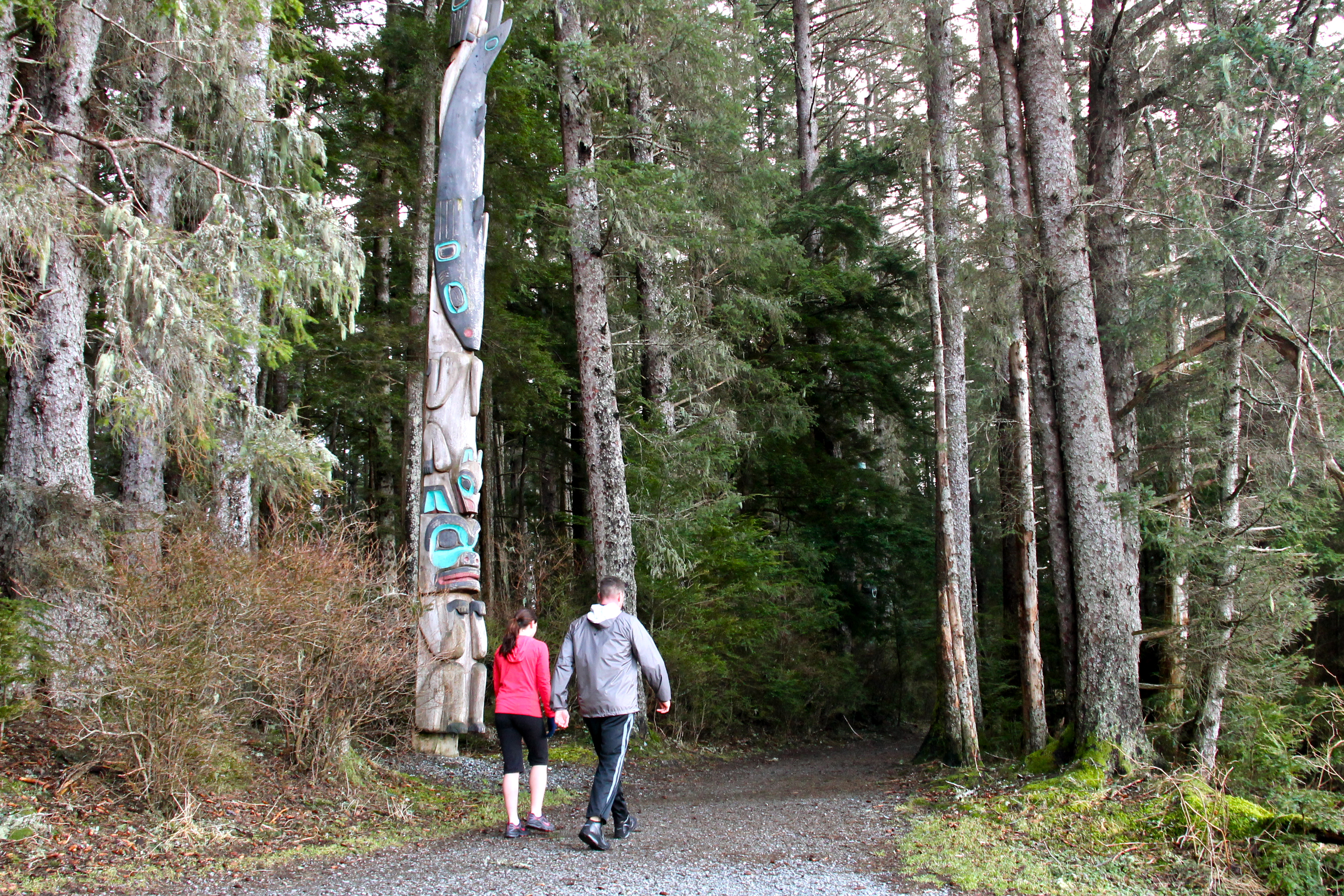
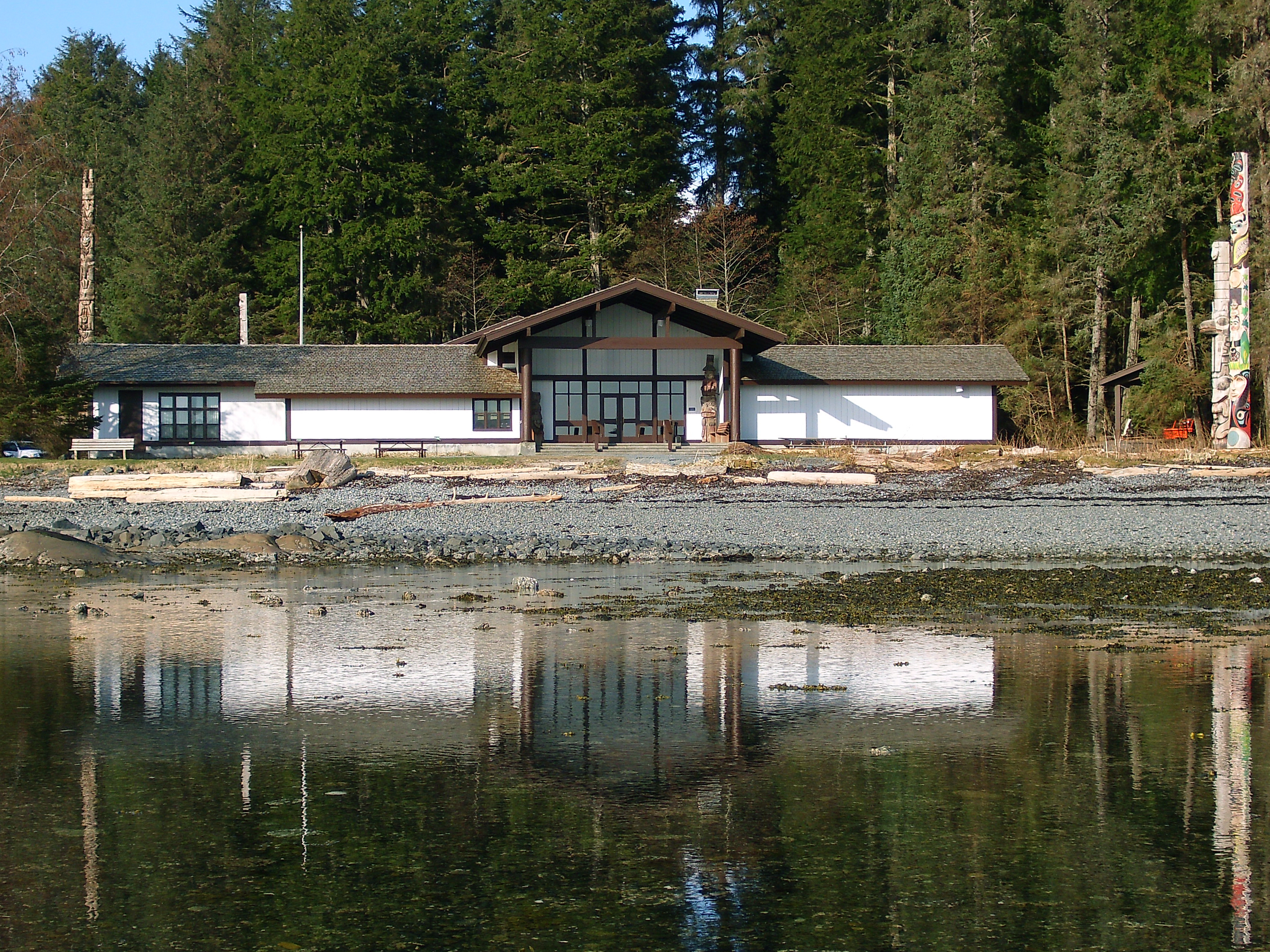
|
| Tours |
Count: 4
Russian American Walking Tour in Sitka, AlaskaRussian America was the term for Russian colonial possessions in North America (namely Alaska) from the mid-1700s to 1867. Its capital, Novo-Arkhangelsk is now present day Sitka. Following the Aleutian chain of islands in pursuit of sea otter pelts, Russian ships landed on the shores of Sitka in 1799. The stops on this tour bring to light what we may not have learned in school about that brief but important time in Alaskan history. Russian Bishop's House First Floor Self-Guided TourA self-guided tour of the grounds and first floor of the Russian Bishop's House. Explore this building that was the seat of the Russian Orthodox Church in Alaska. Built in 1843 and acquired by the National Park Service in 1973, this house went through a 15-year restoration to Totem TrailA self-guided tour of all the totem poles located outside along Totem Trail and the visitor center in Sitka National Historical Park. Start at the Seaside Porch to learn about the Northwest coast artistry, Tlingit and Haida cultures that created these poles and history of the poles as they came to the park. Enjoy your exploration of the poles in the beautiful temperate rainforest of the Northwest Coast of Alaska. Visitor Center Lobby Exhibits at Sitka National Historical ParkEach beautifully carved and painted cultural item displayed in the visitor center lobby contains a secret. Meanings of symbolic and historic importance aren’t easily understood at first glance when they are imbedded in the Northwest Coast tradition of formline art. The artwork tells of overcoming cultural suppression, of representation, of clan rivalry, of community, of legends, and of substantial events that happened long before people started recording their histories on paper. |
| Articles |
|